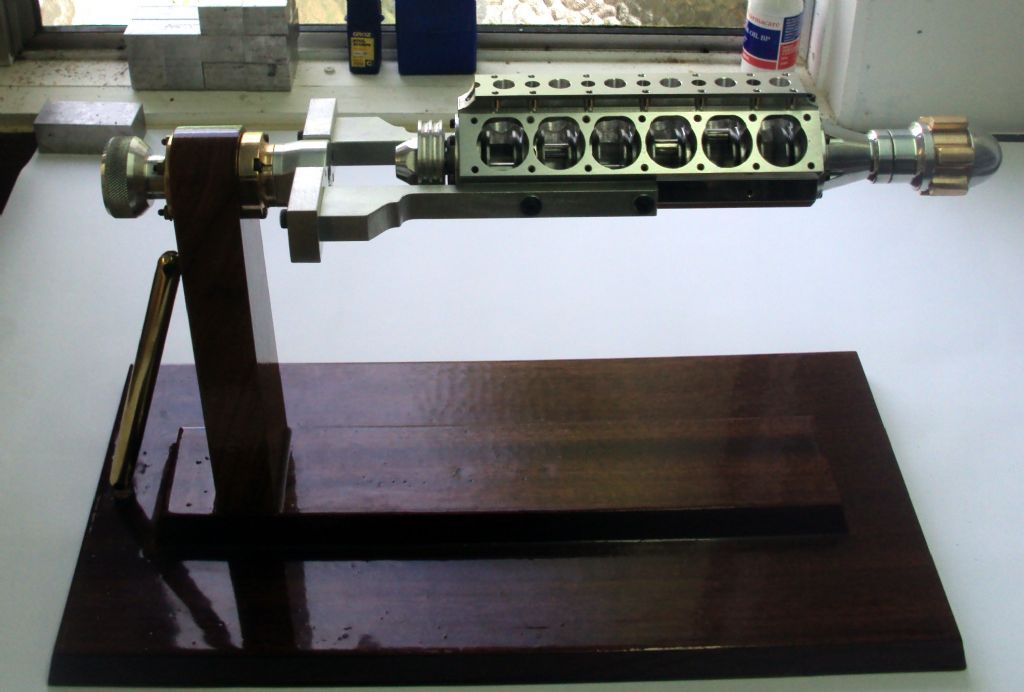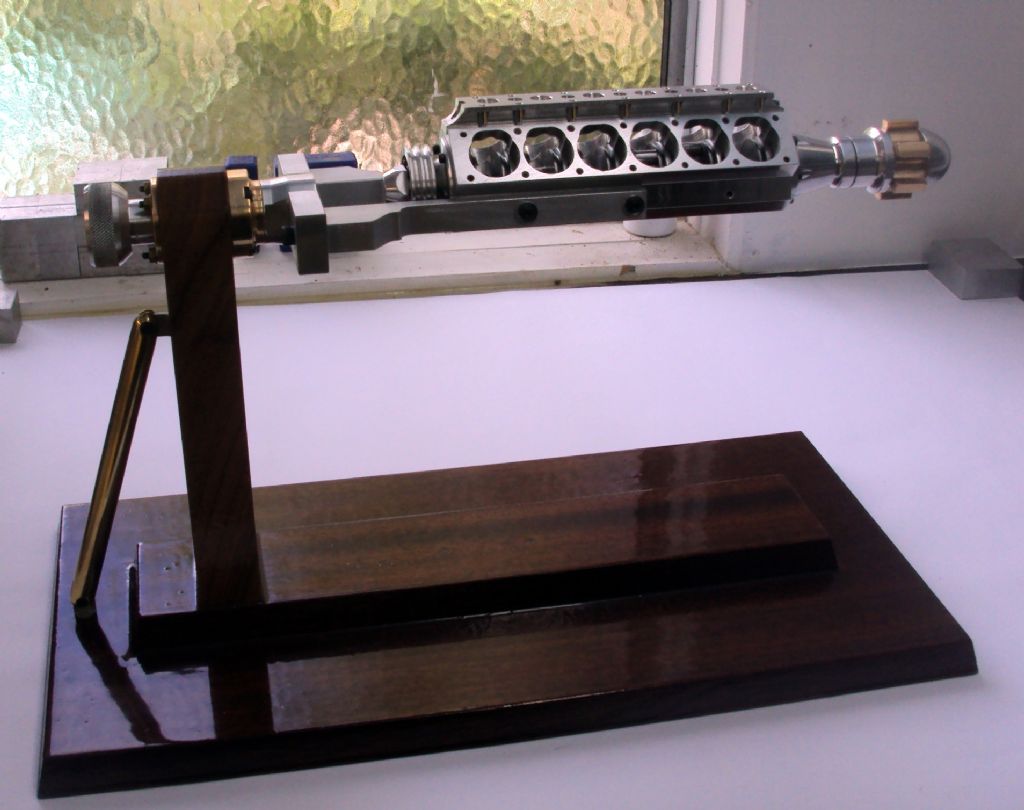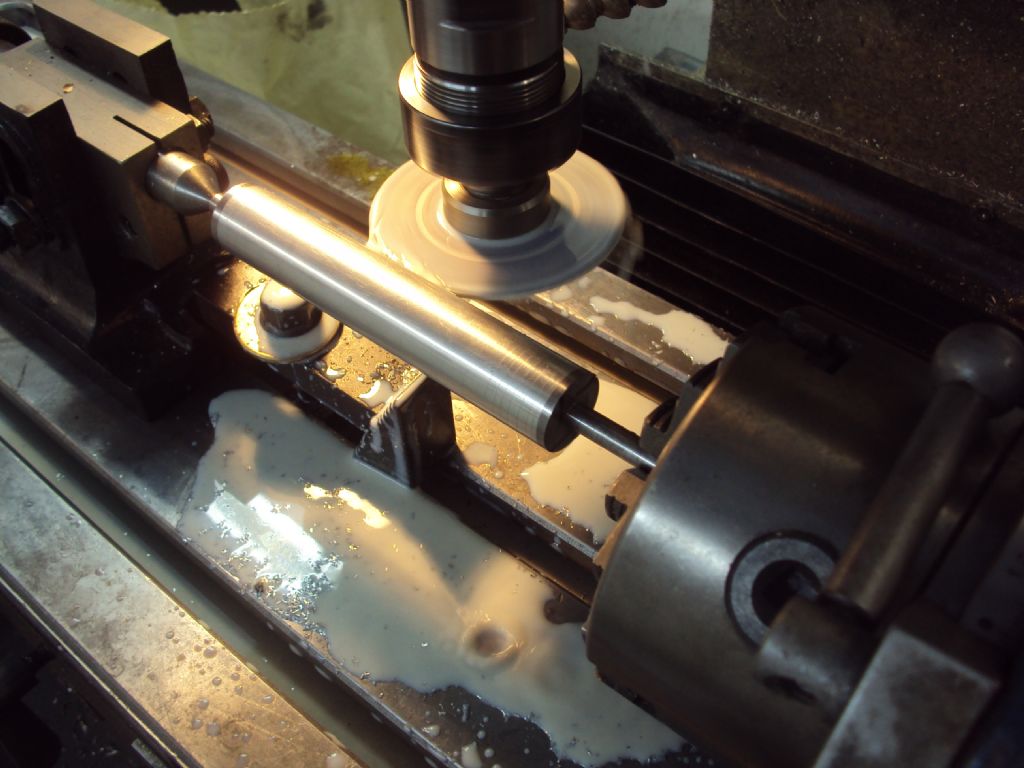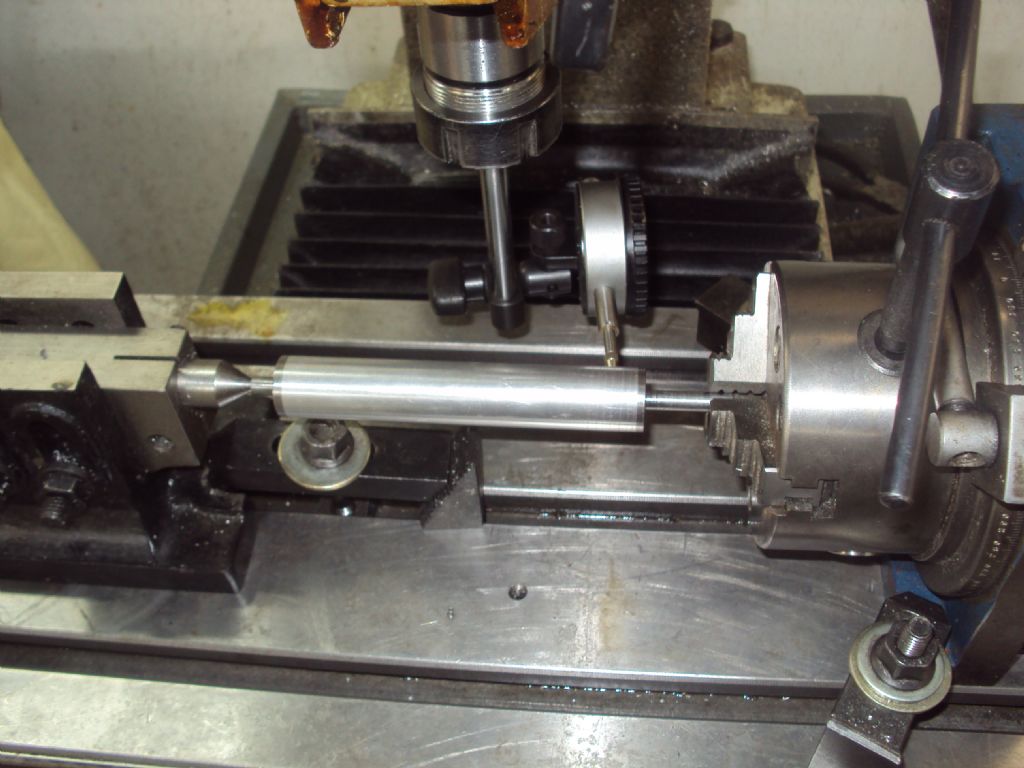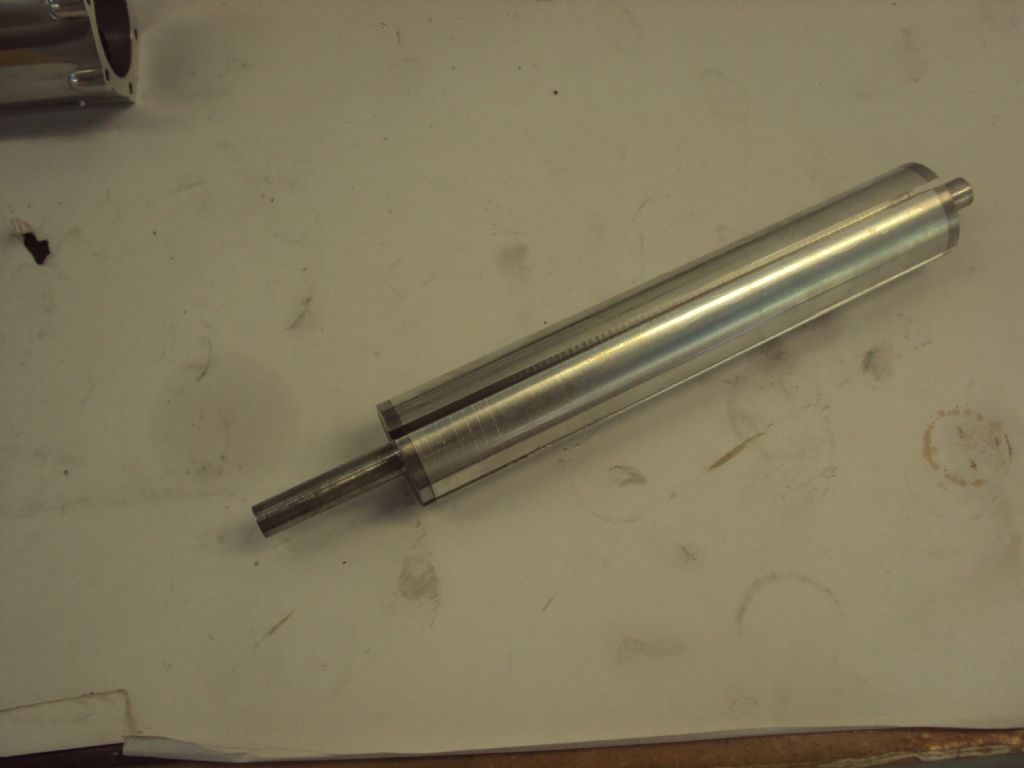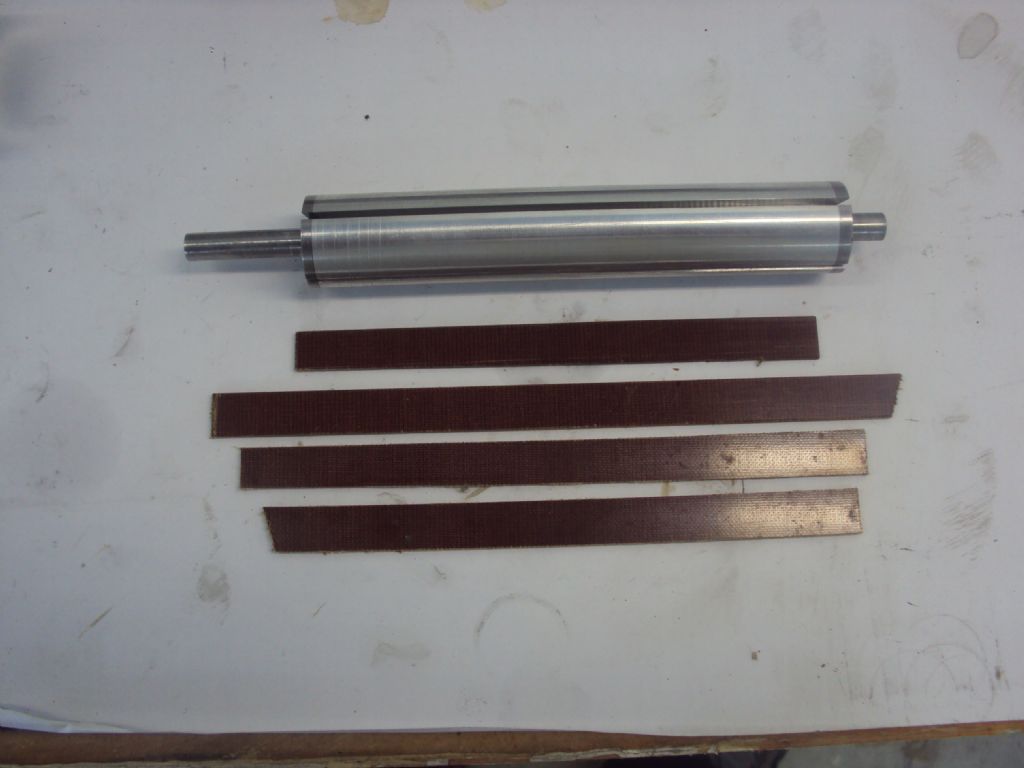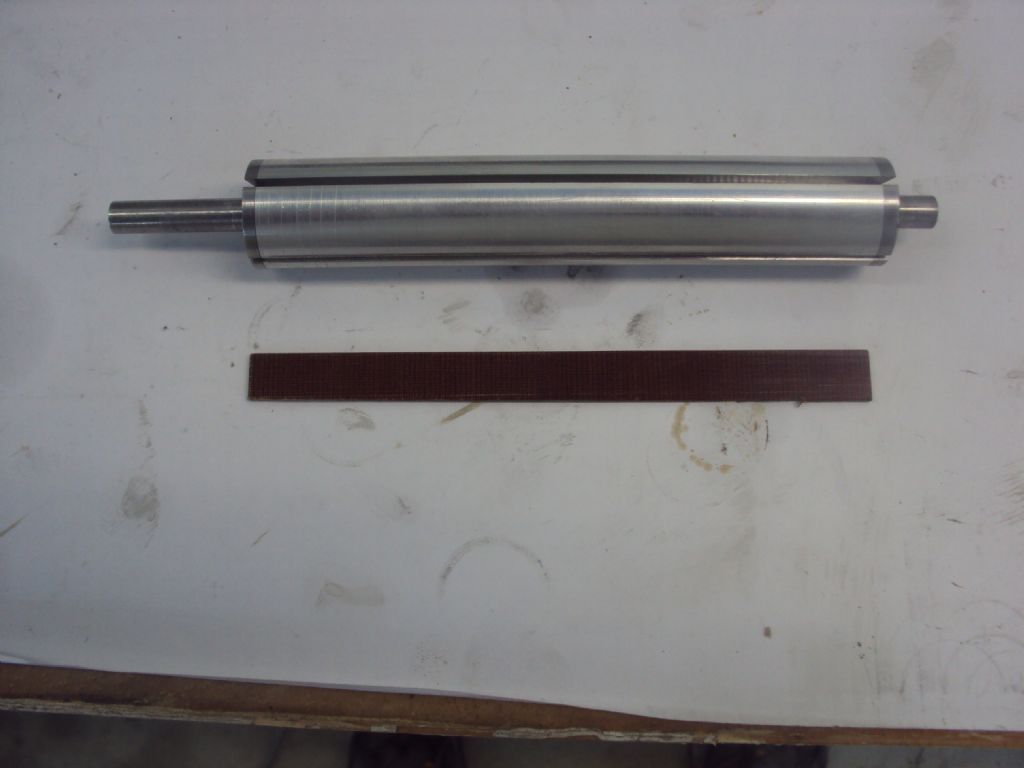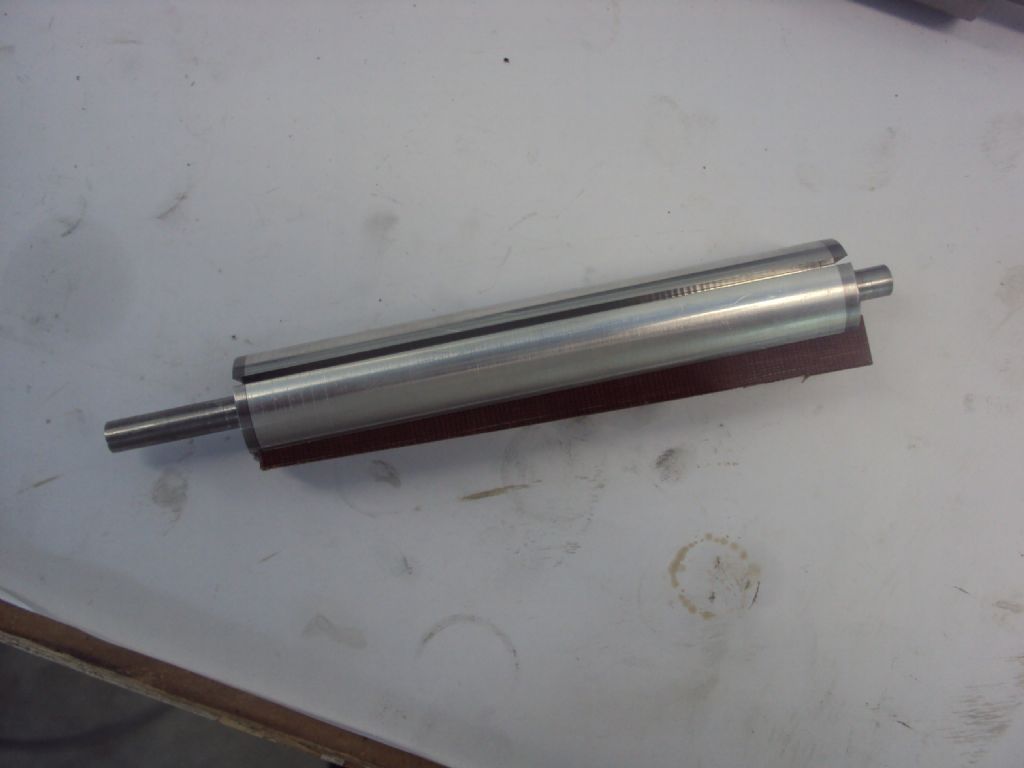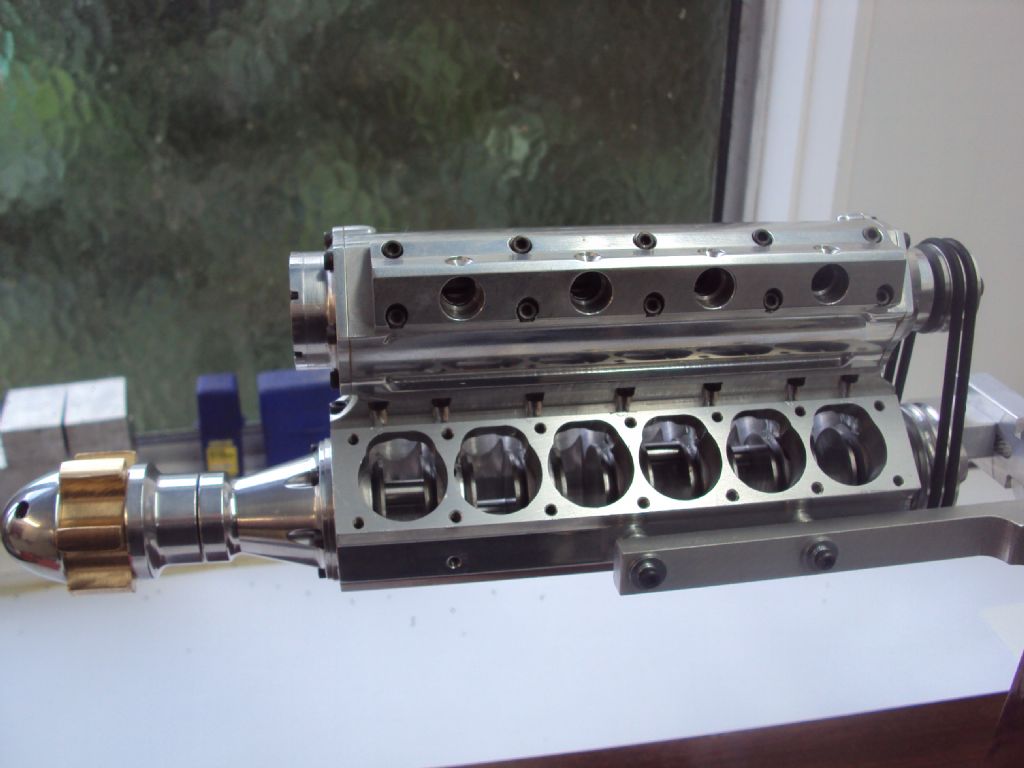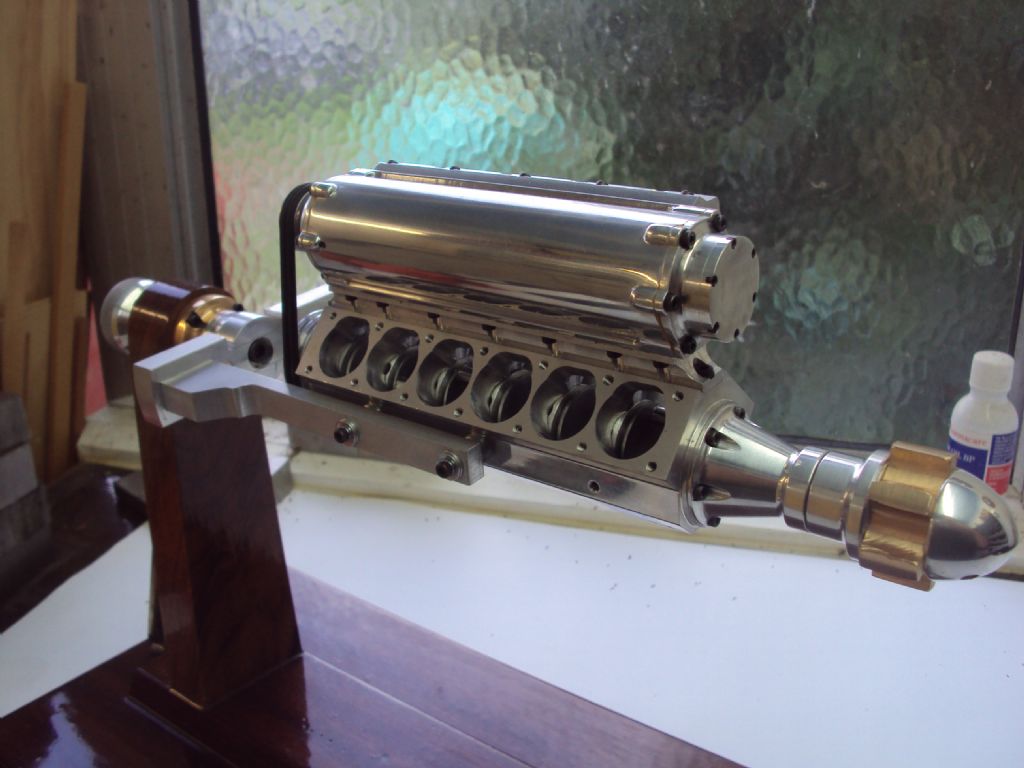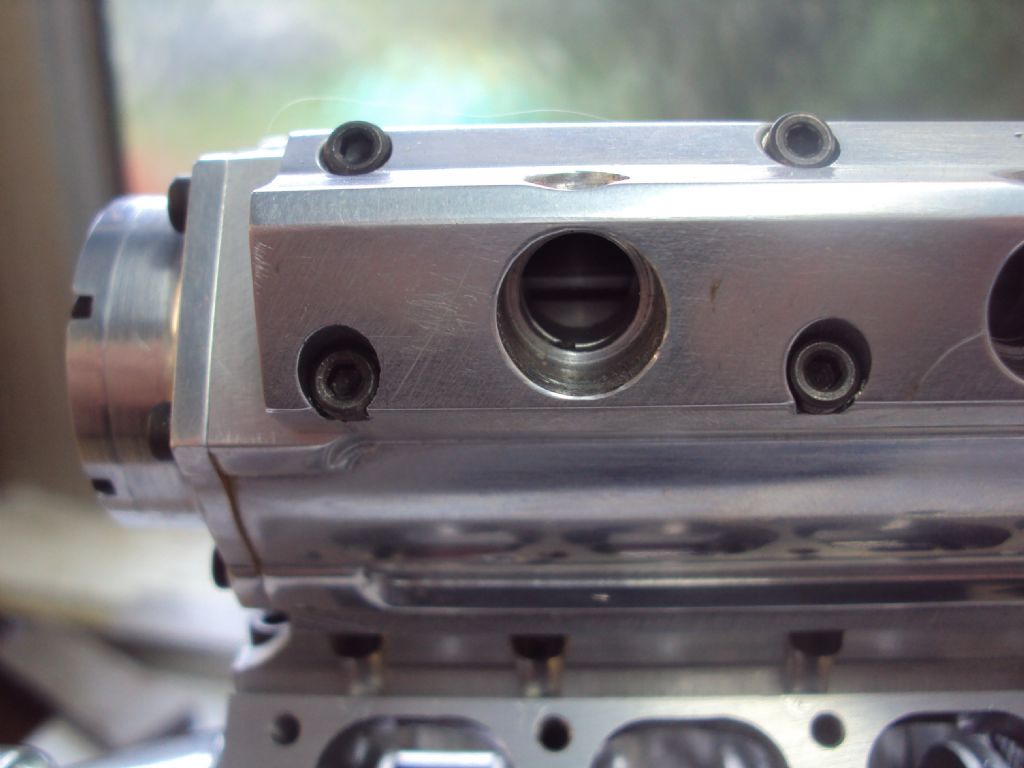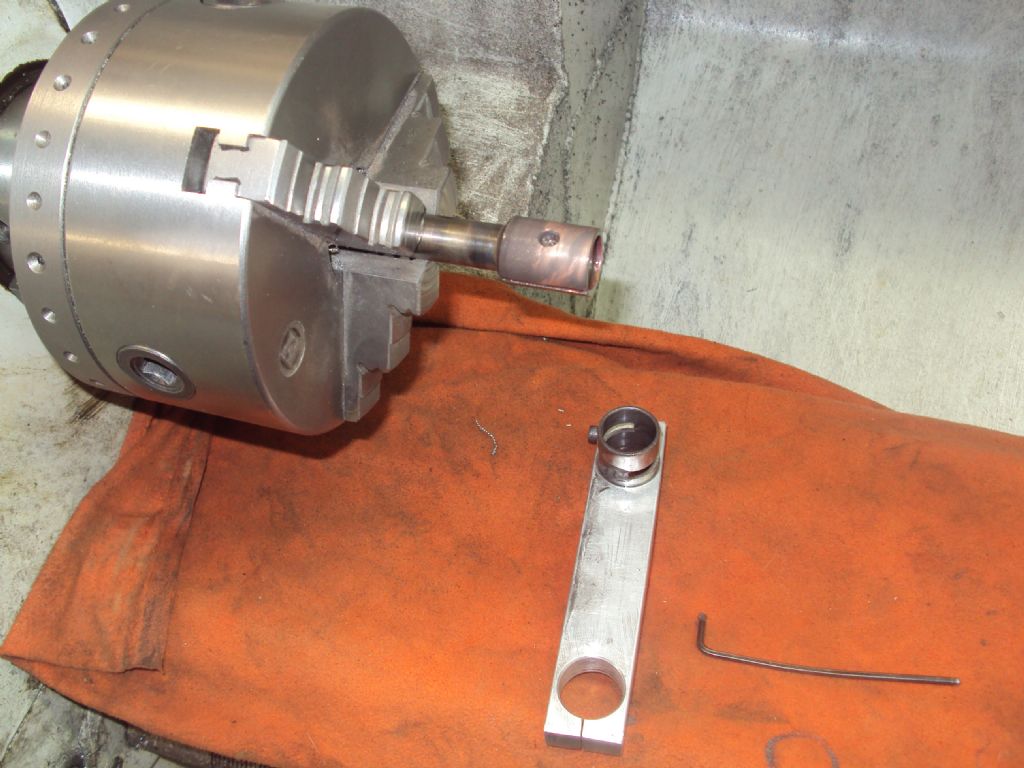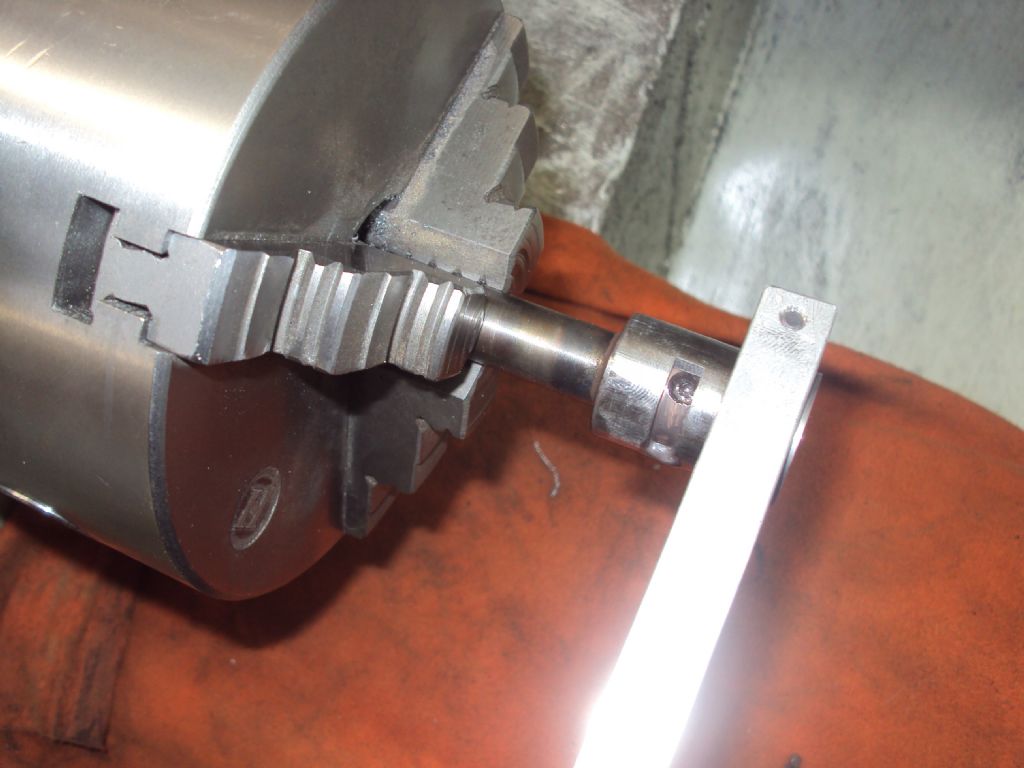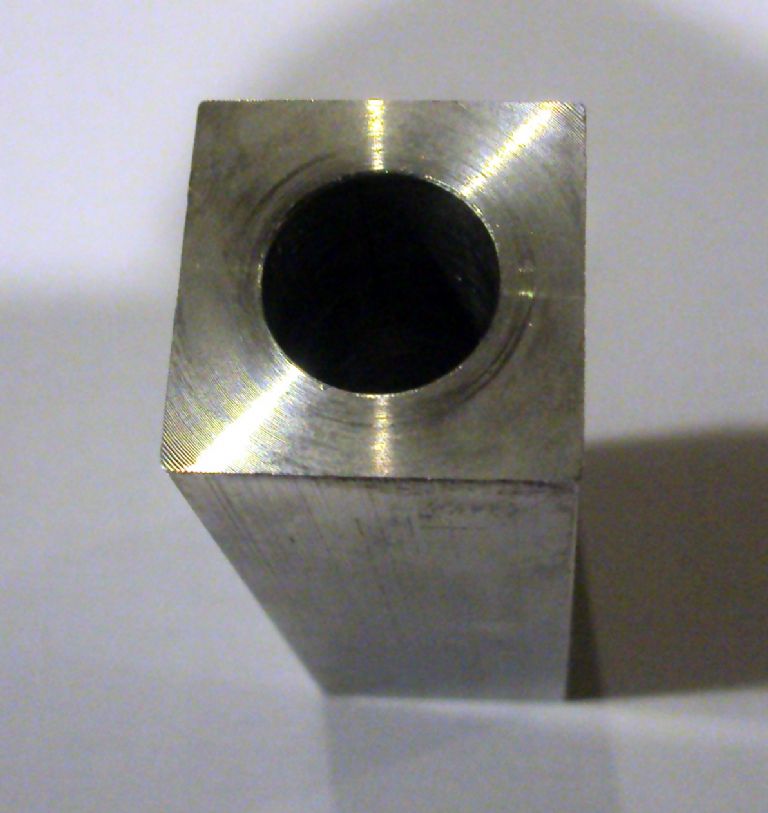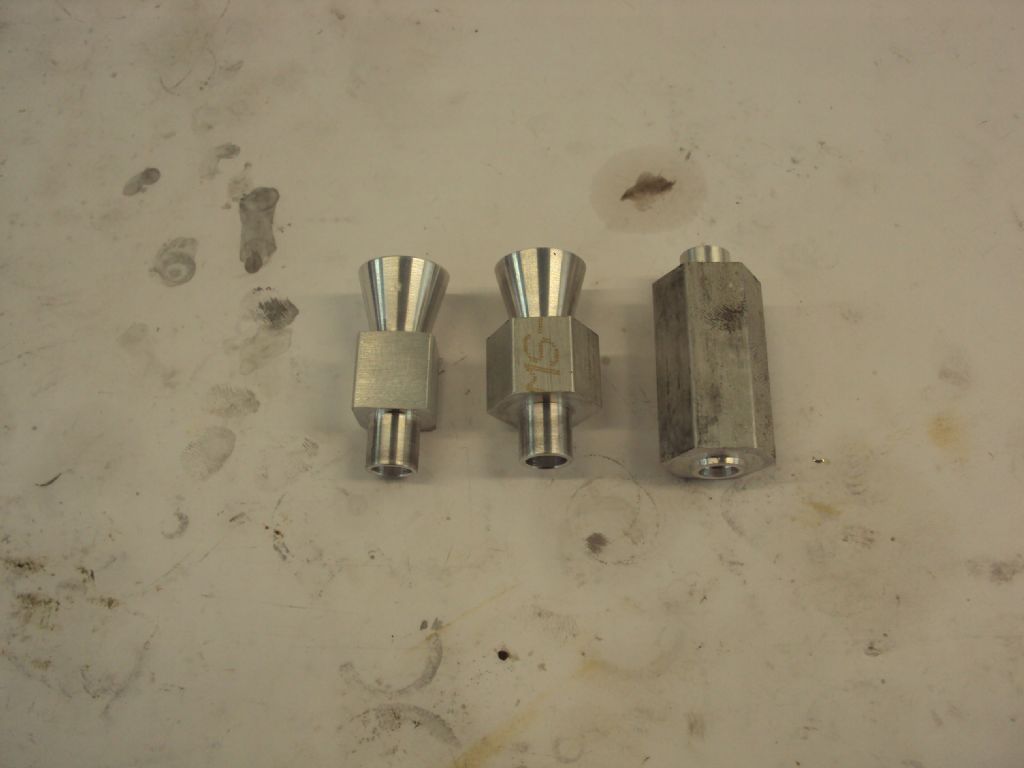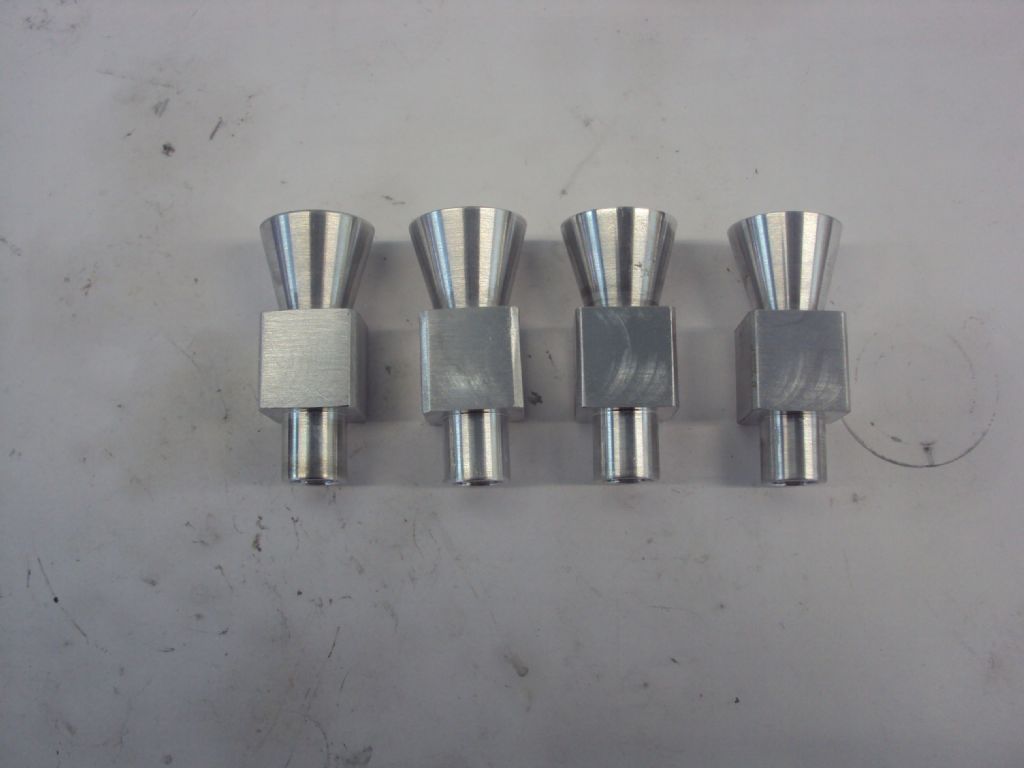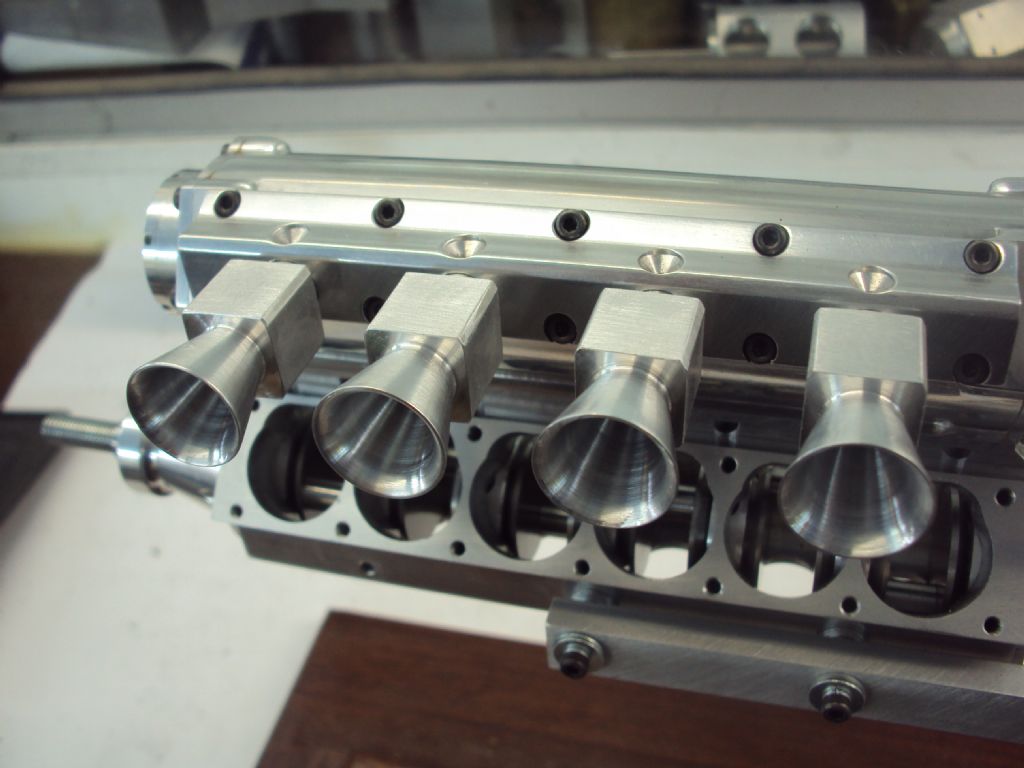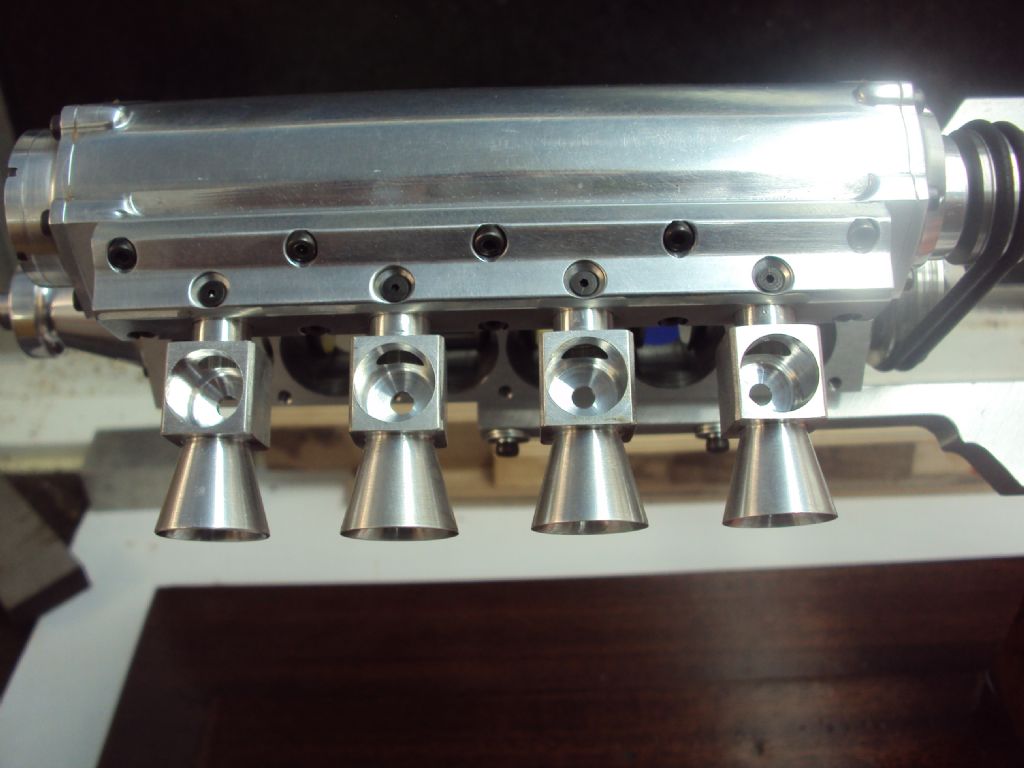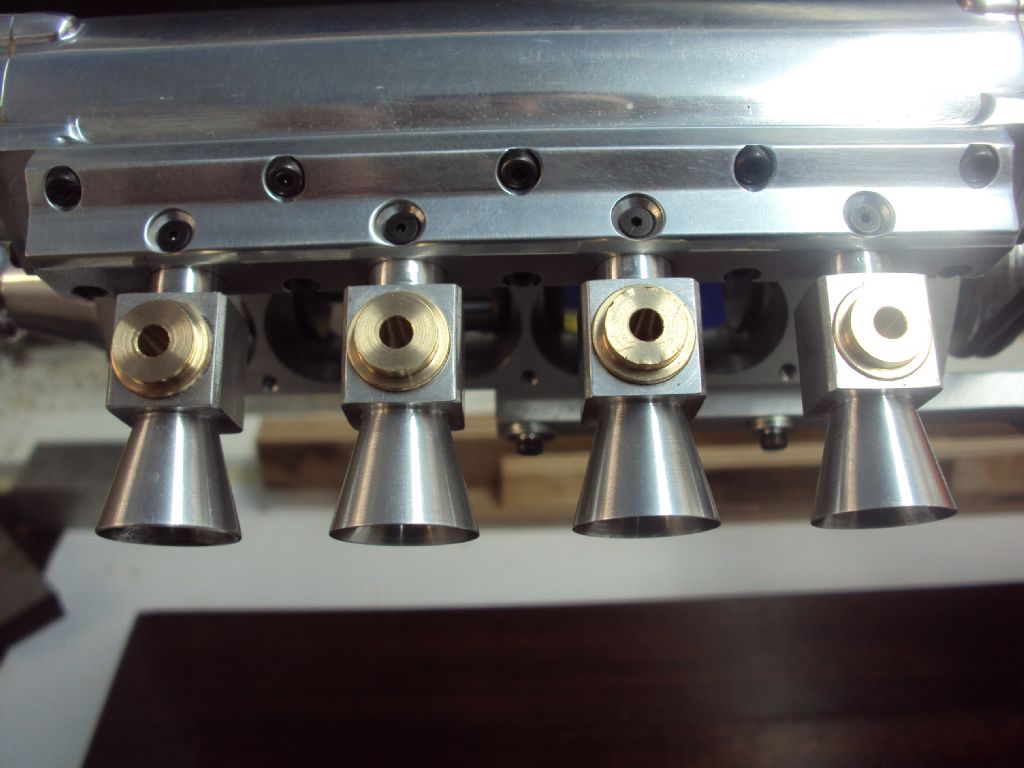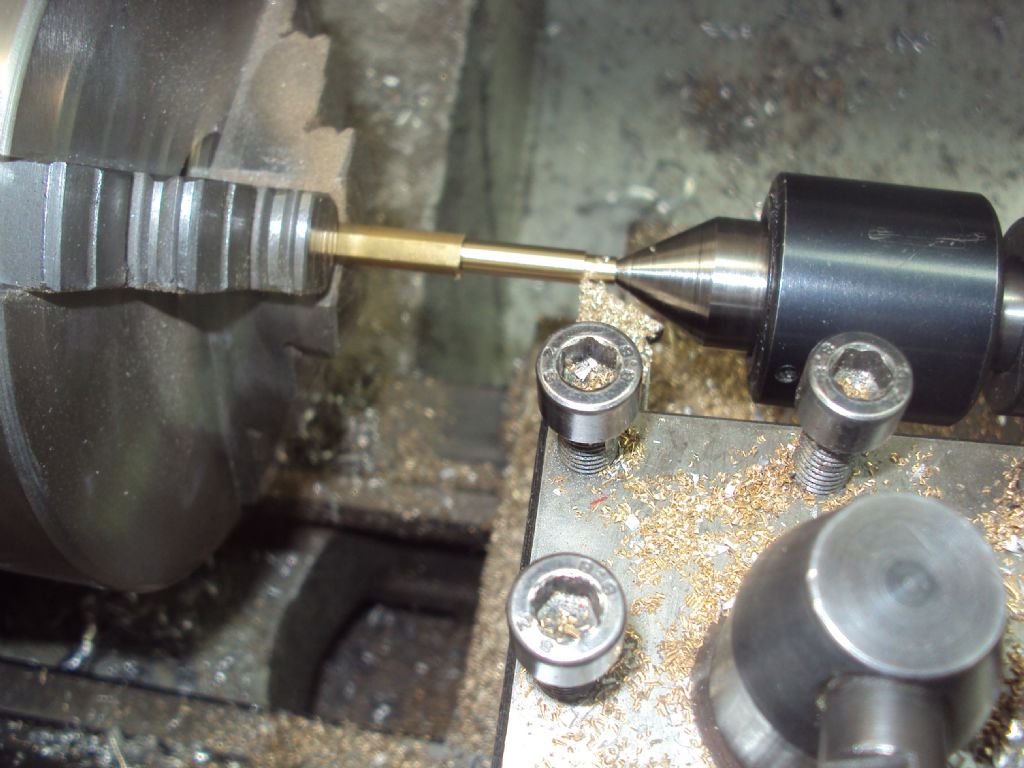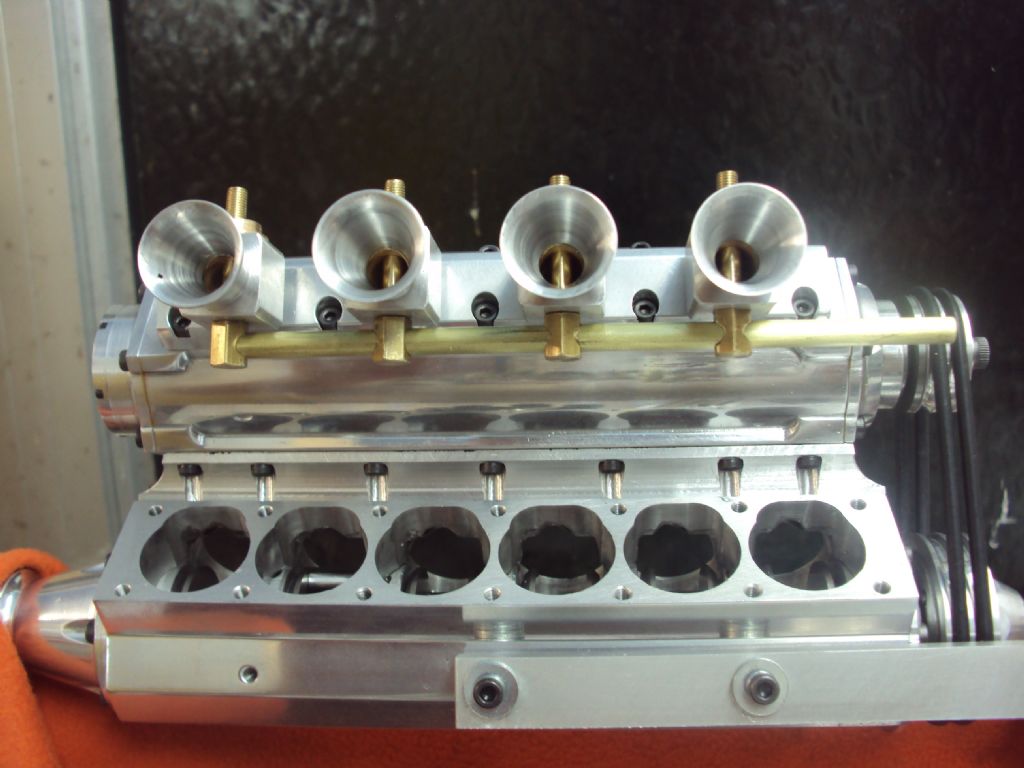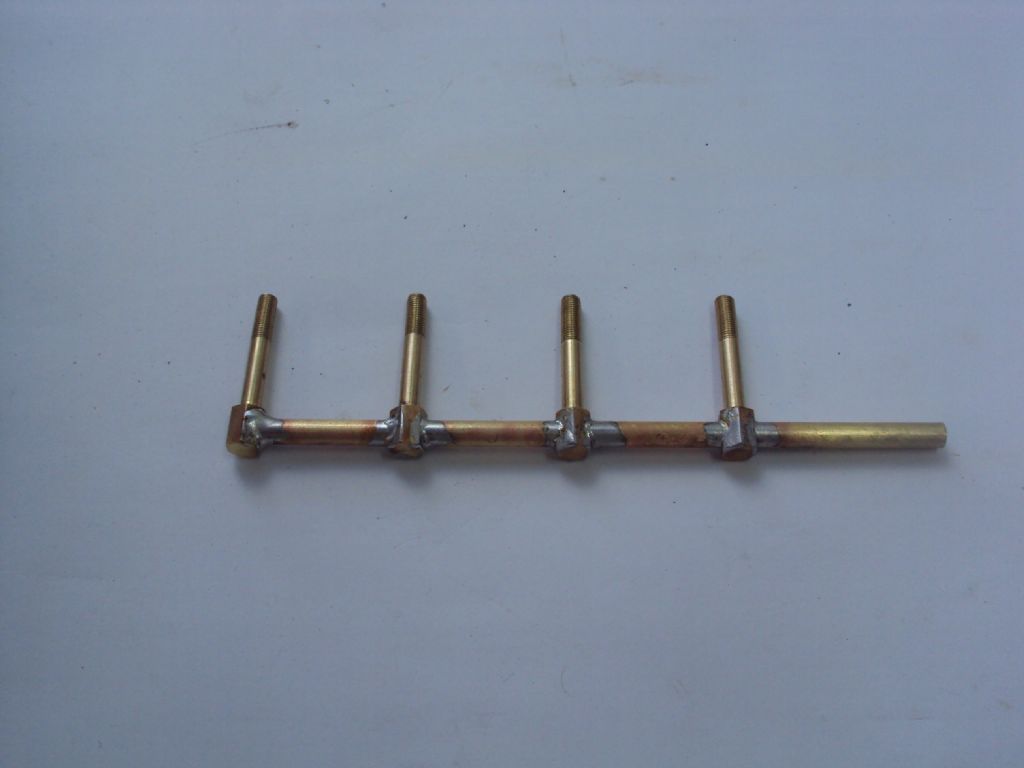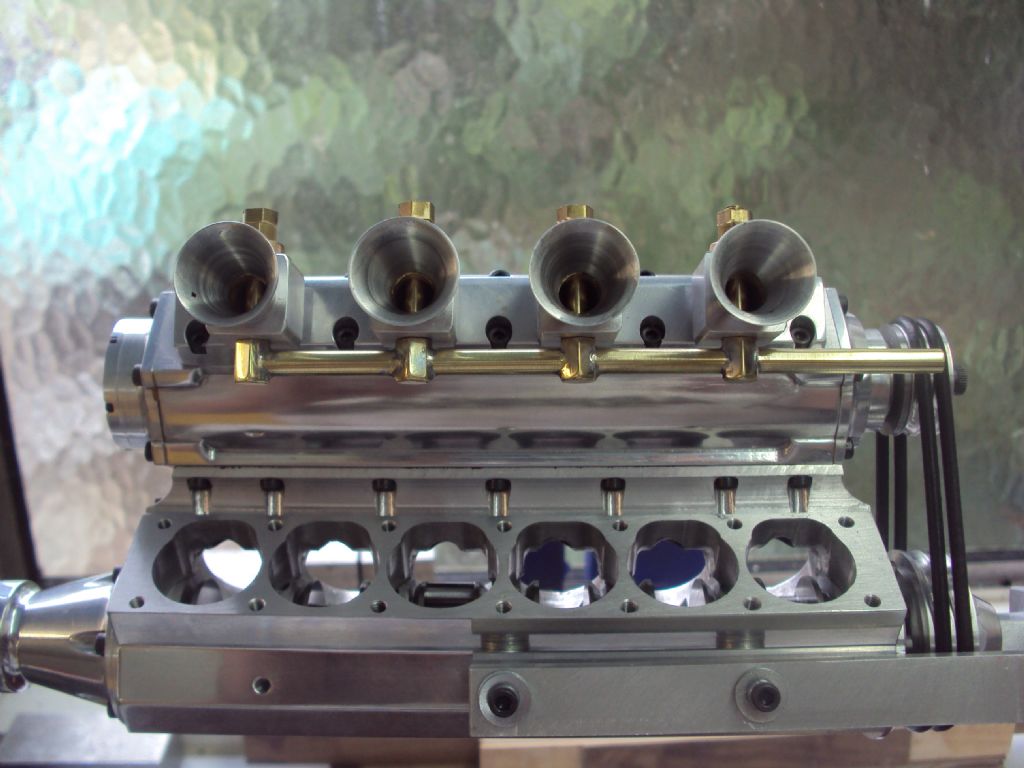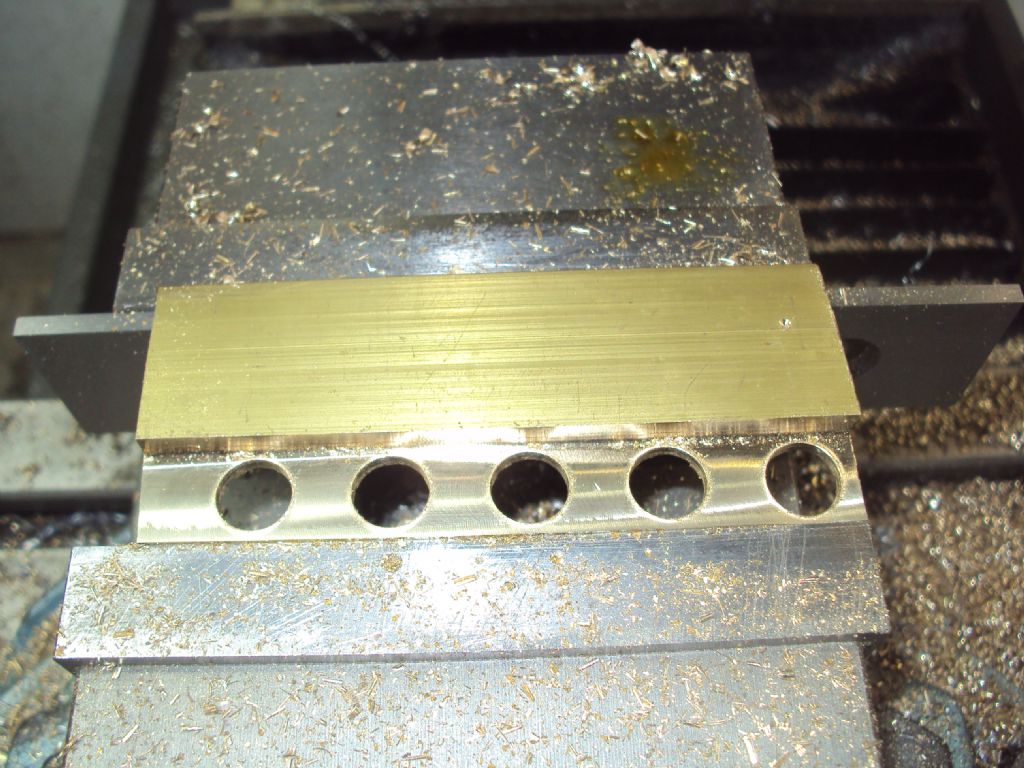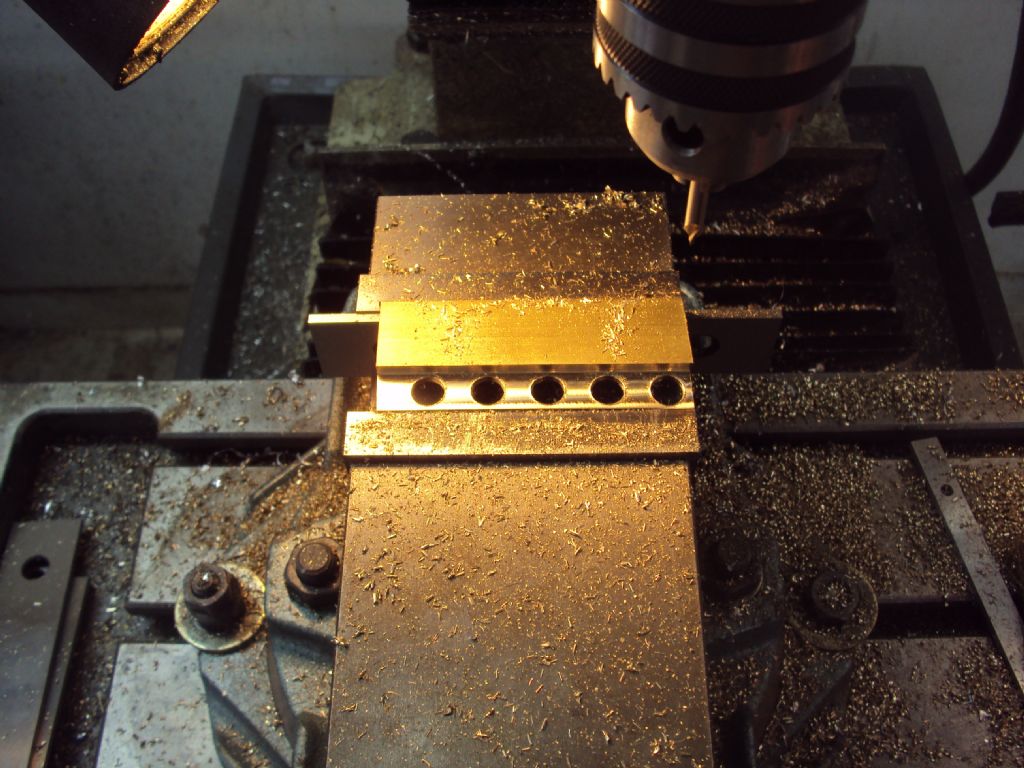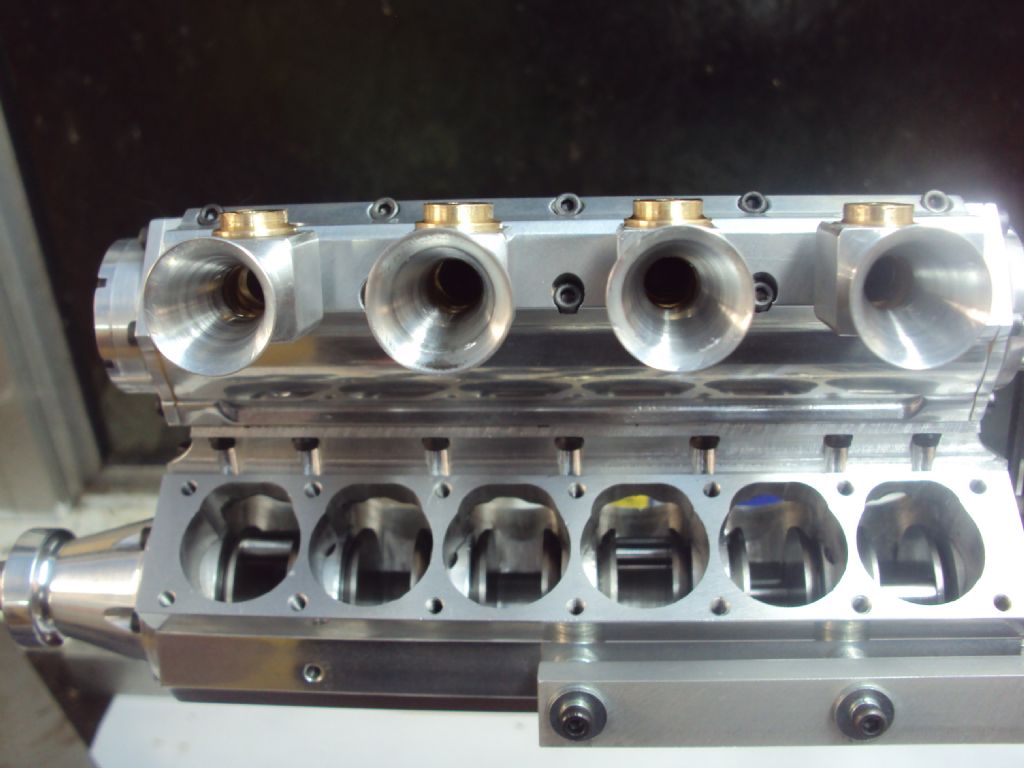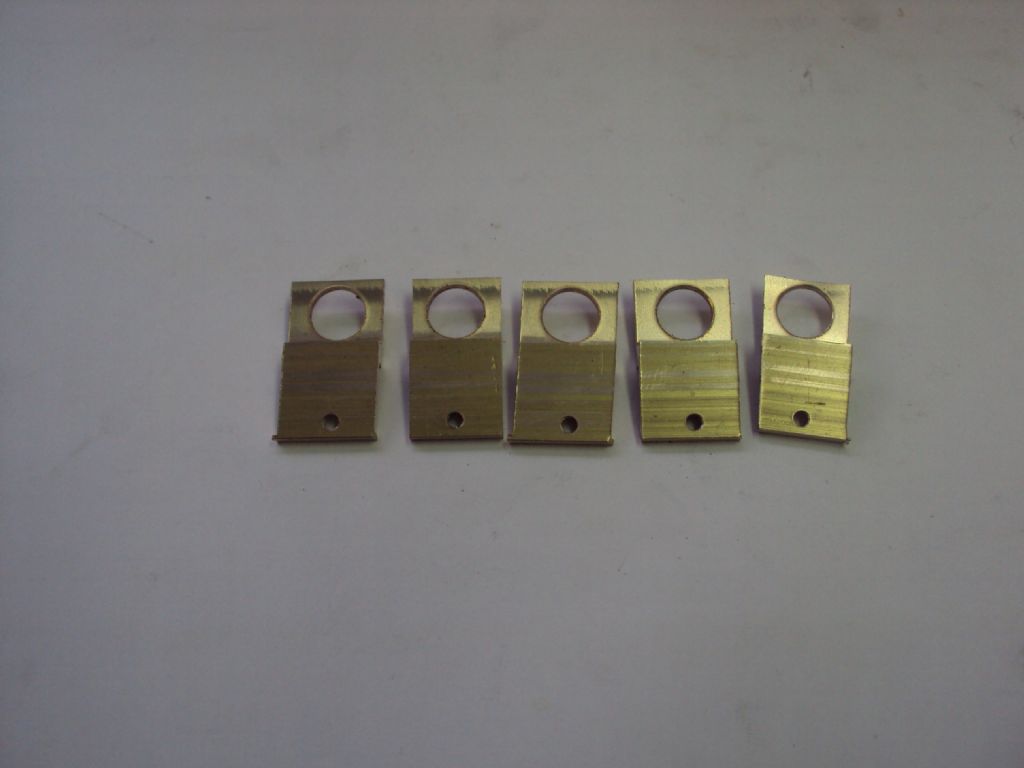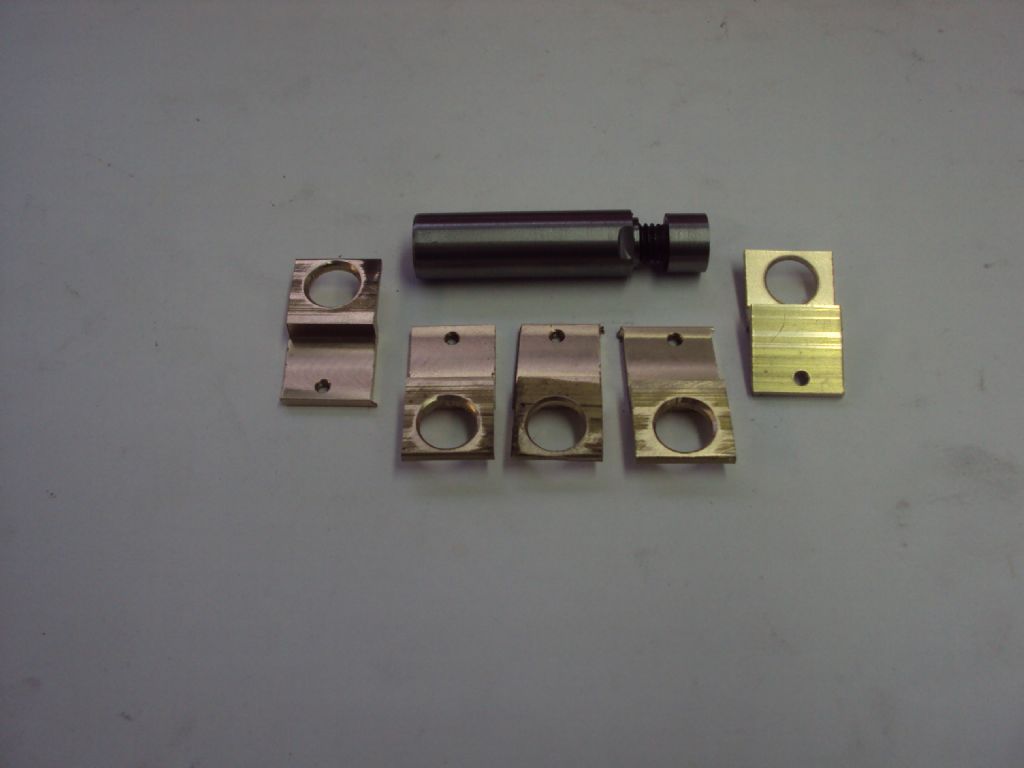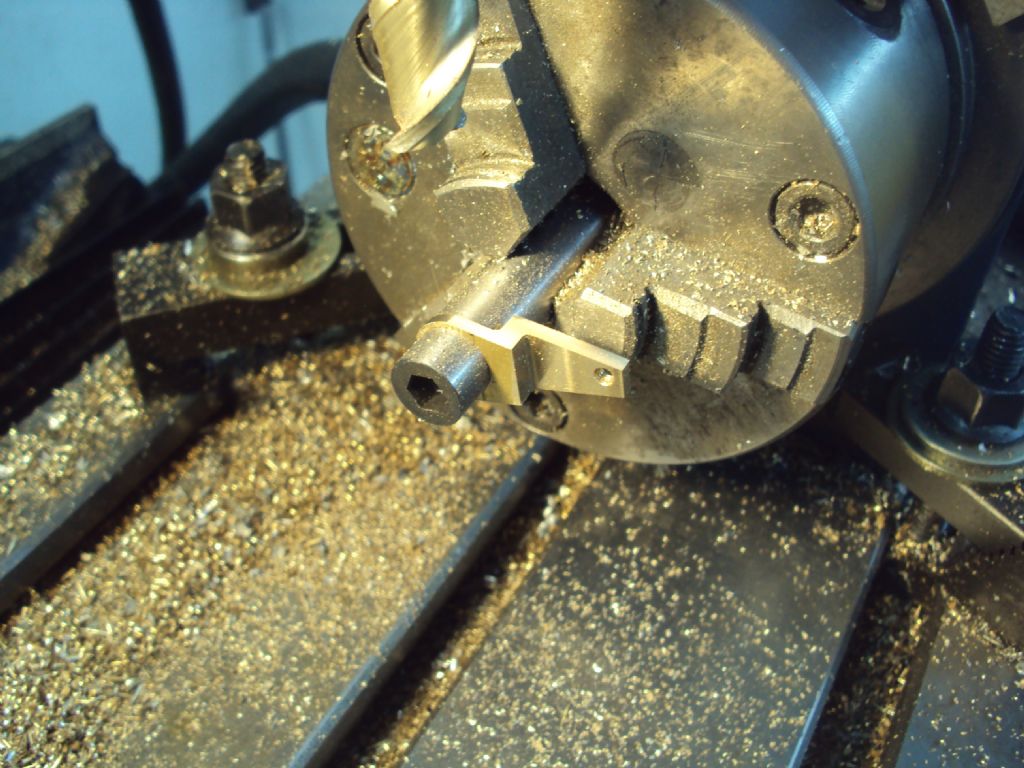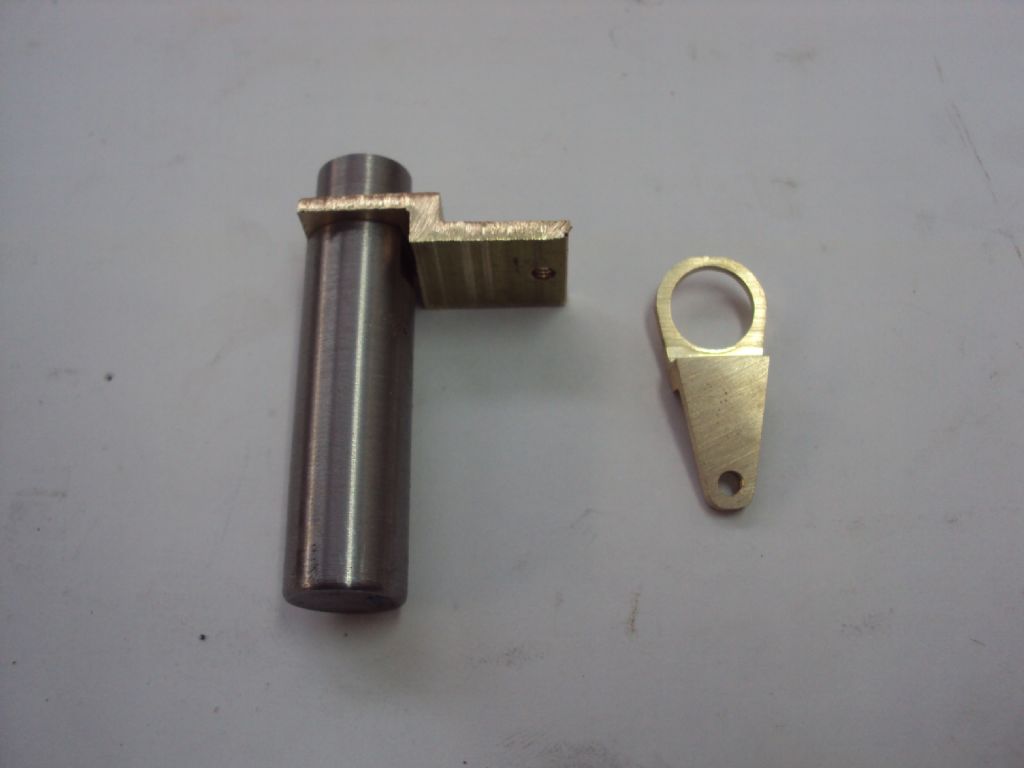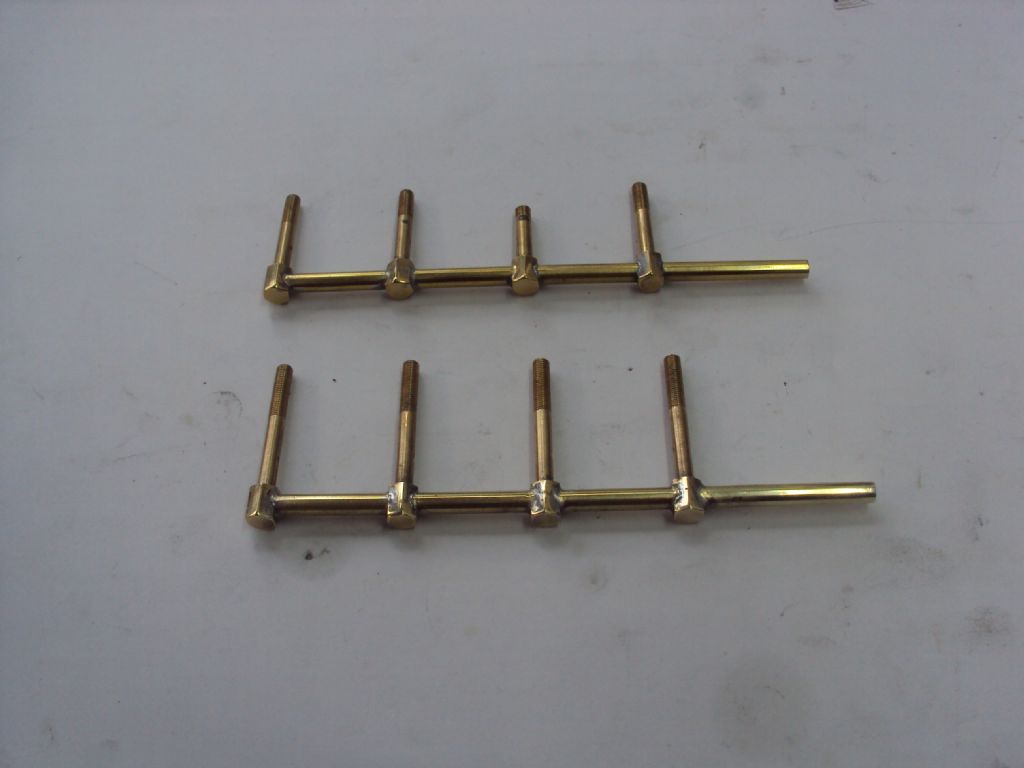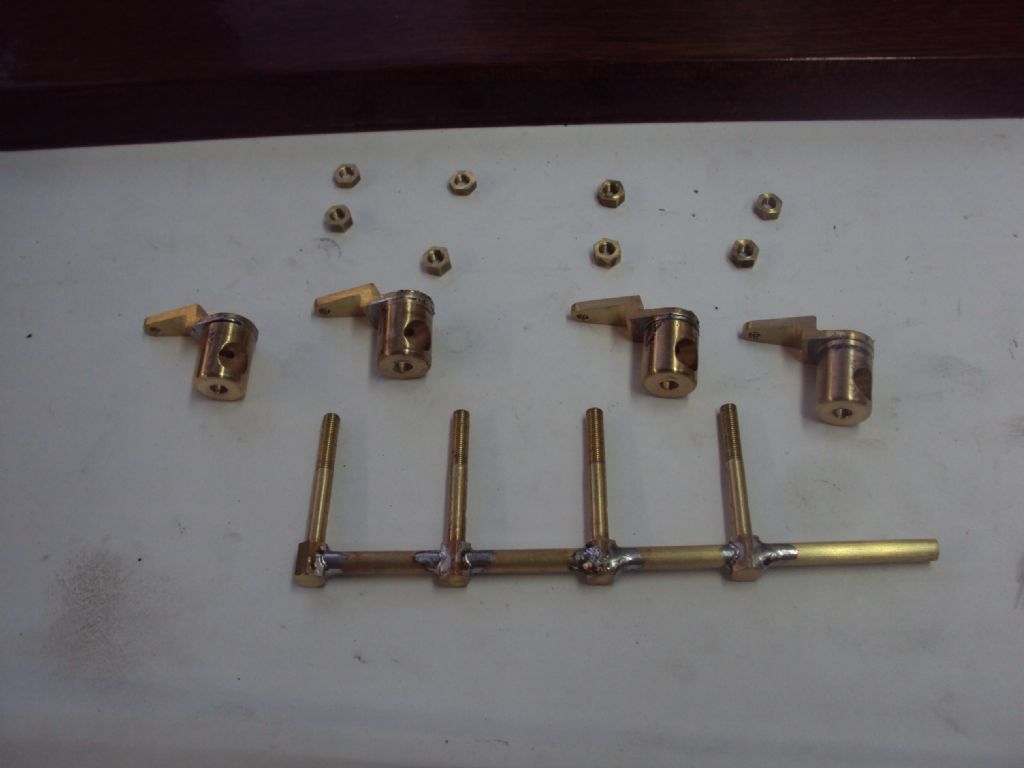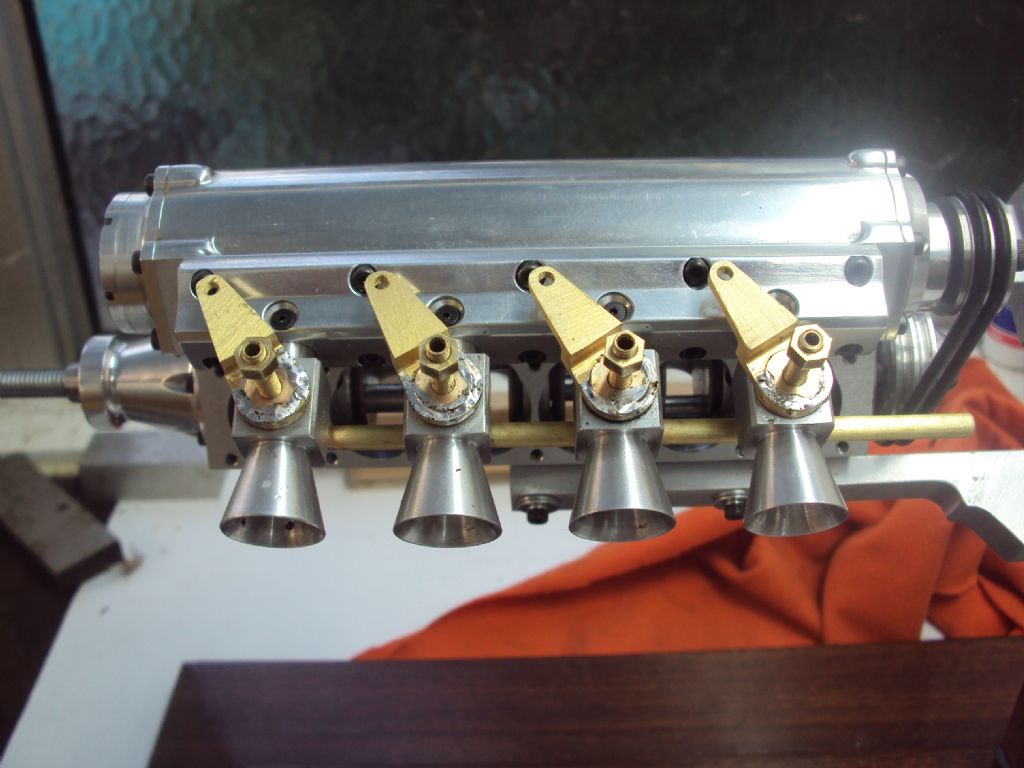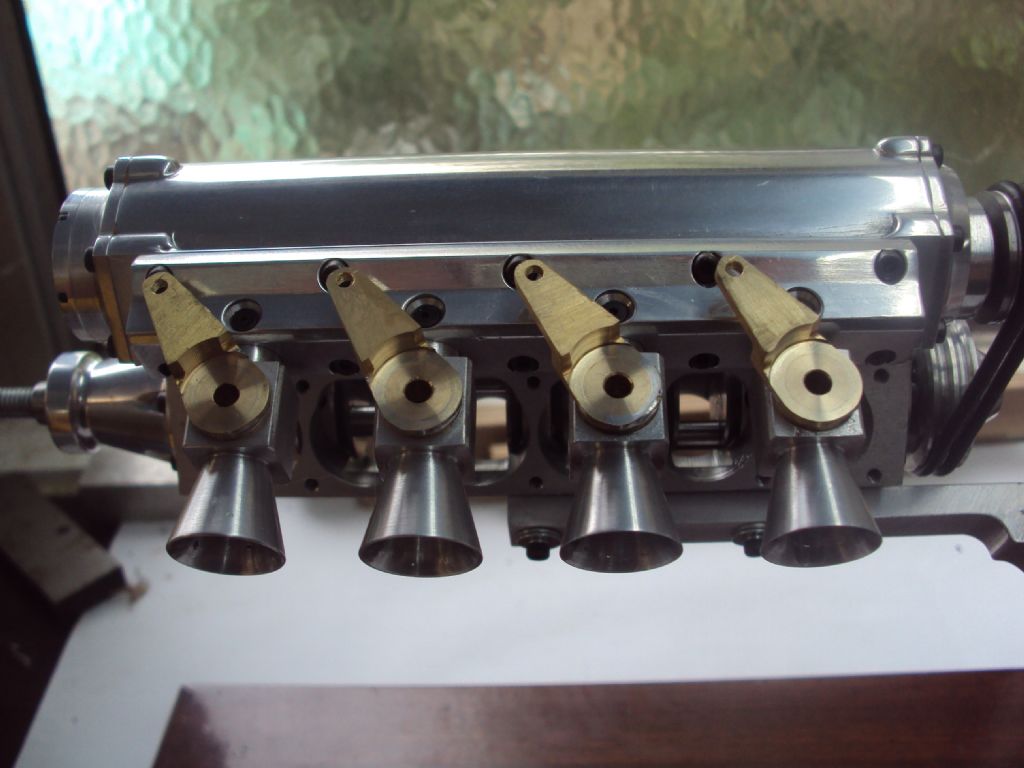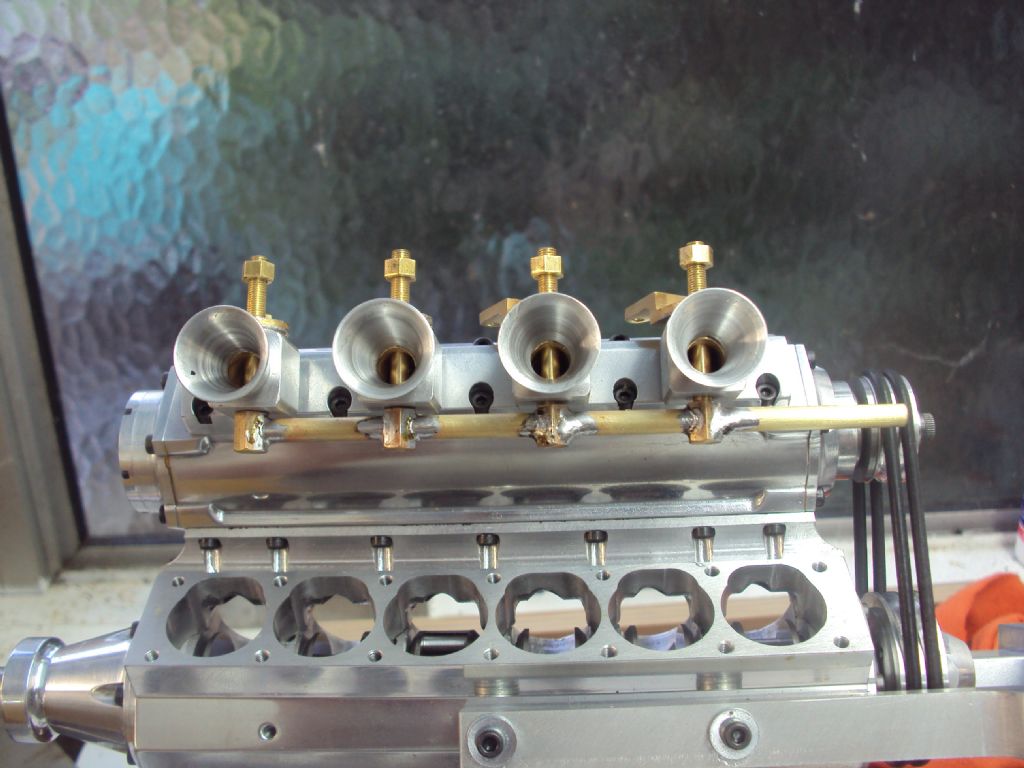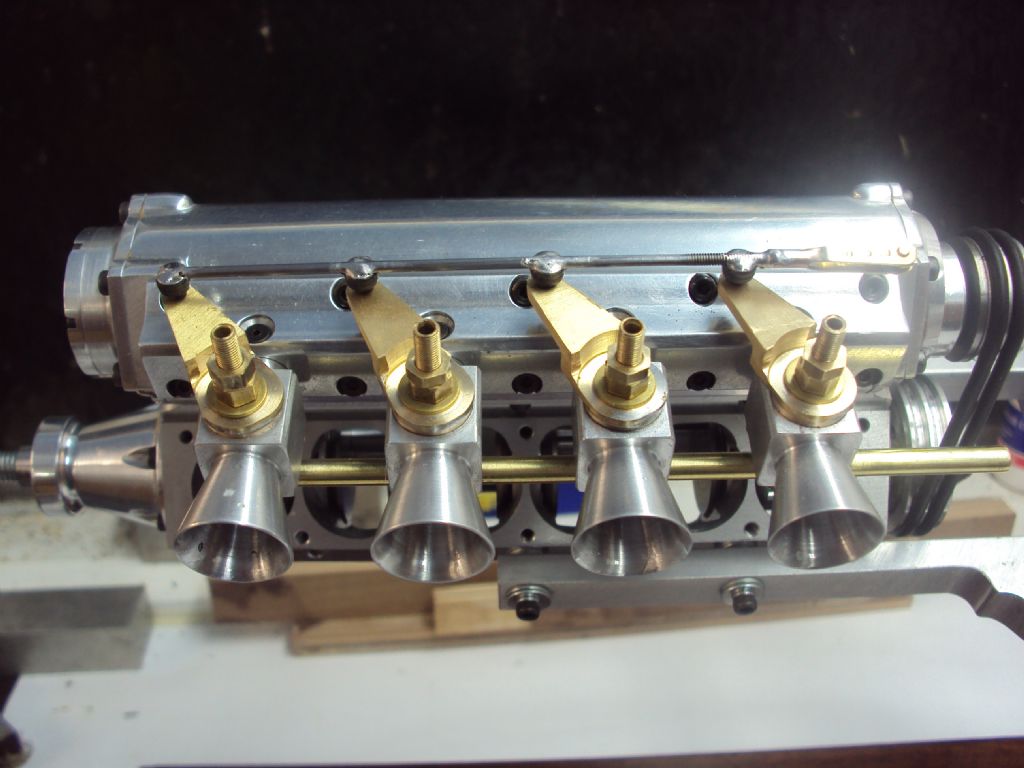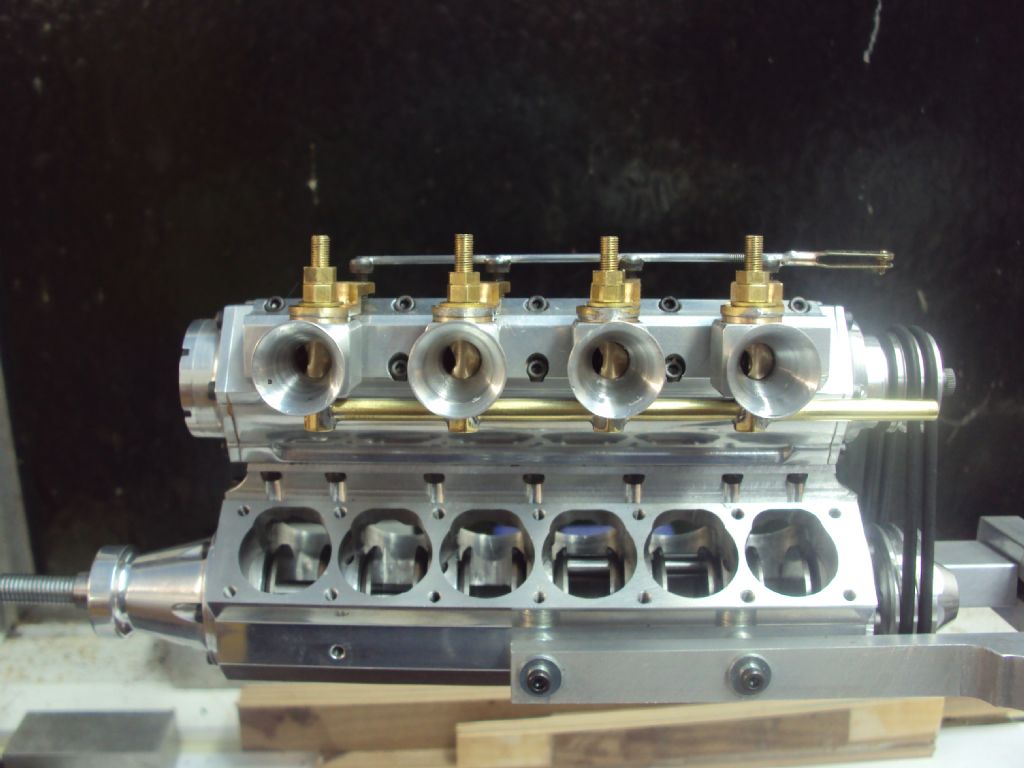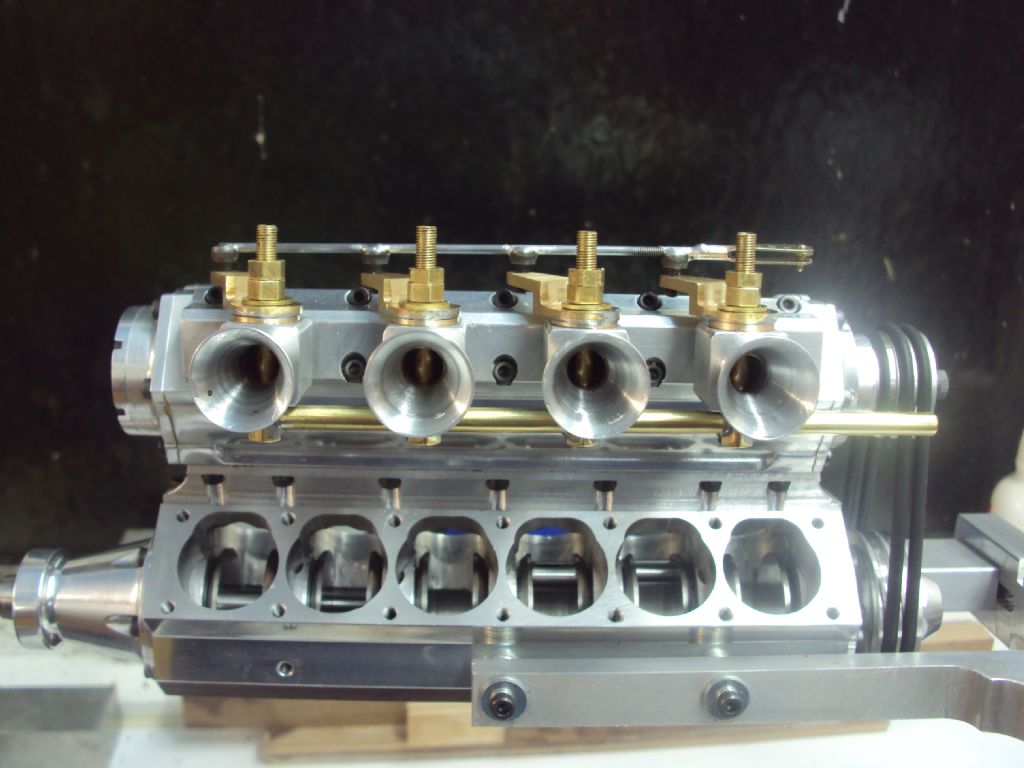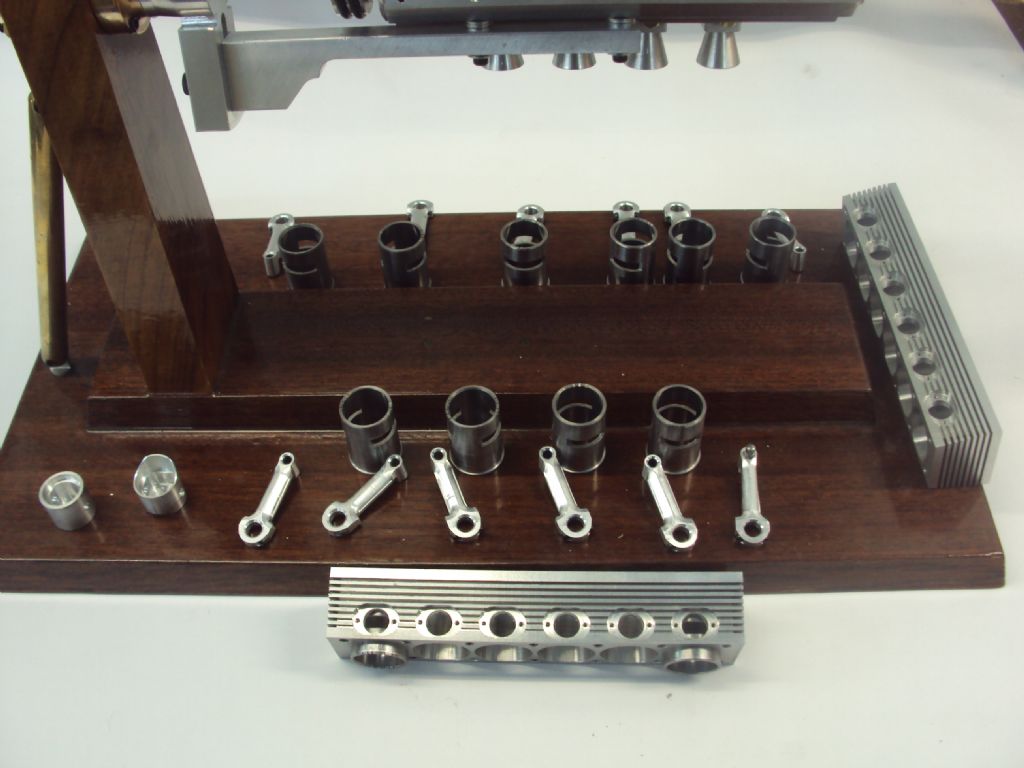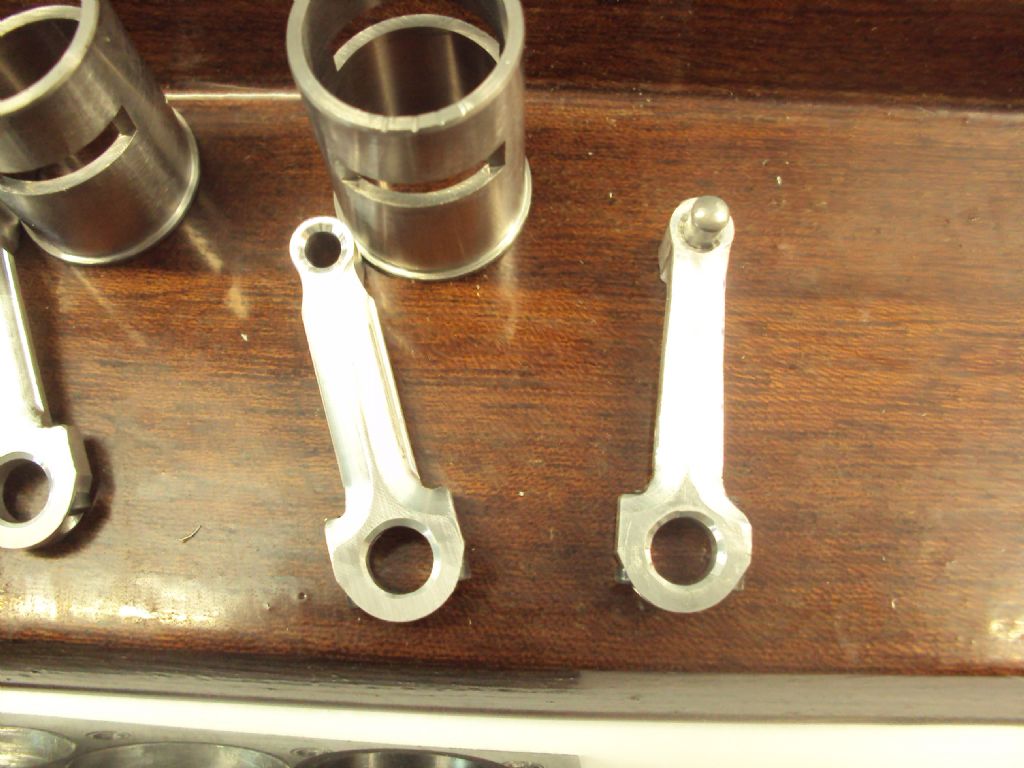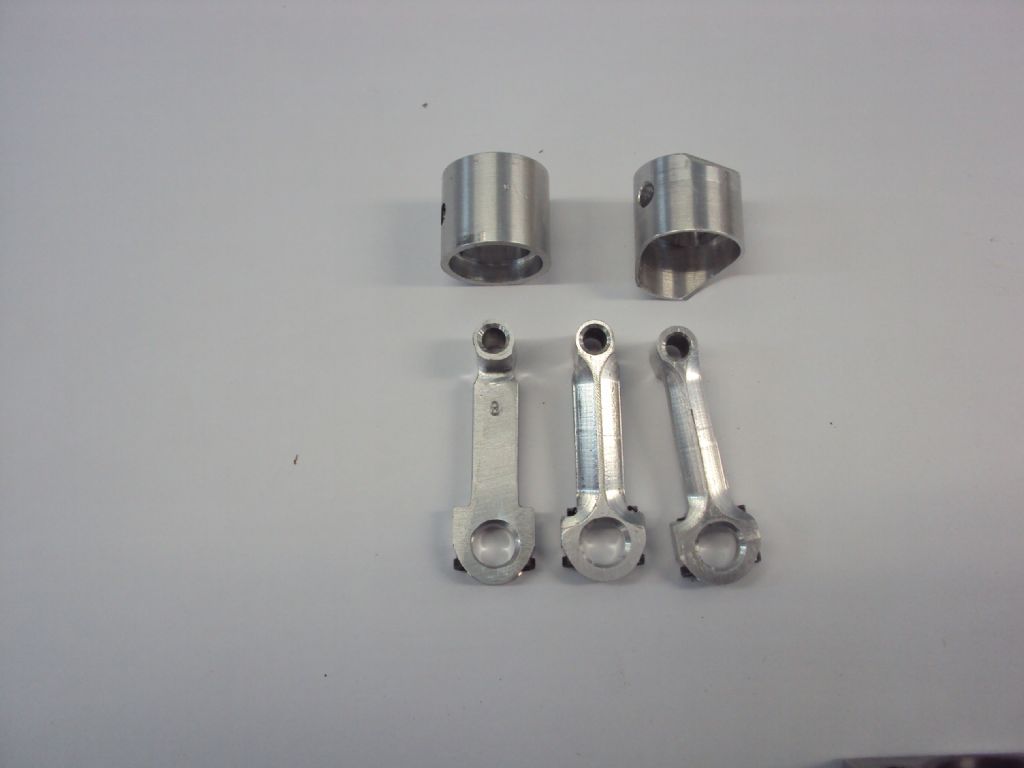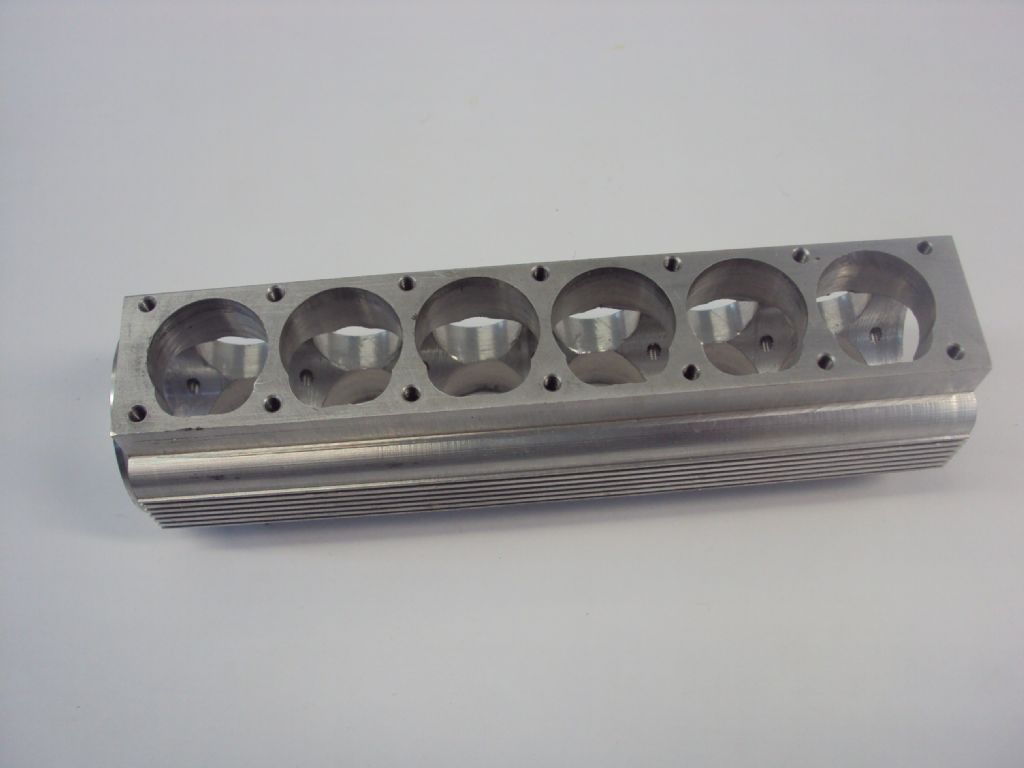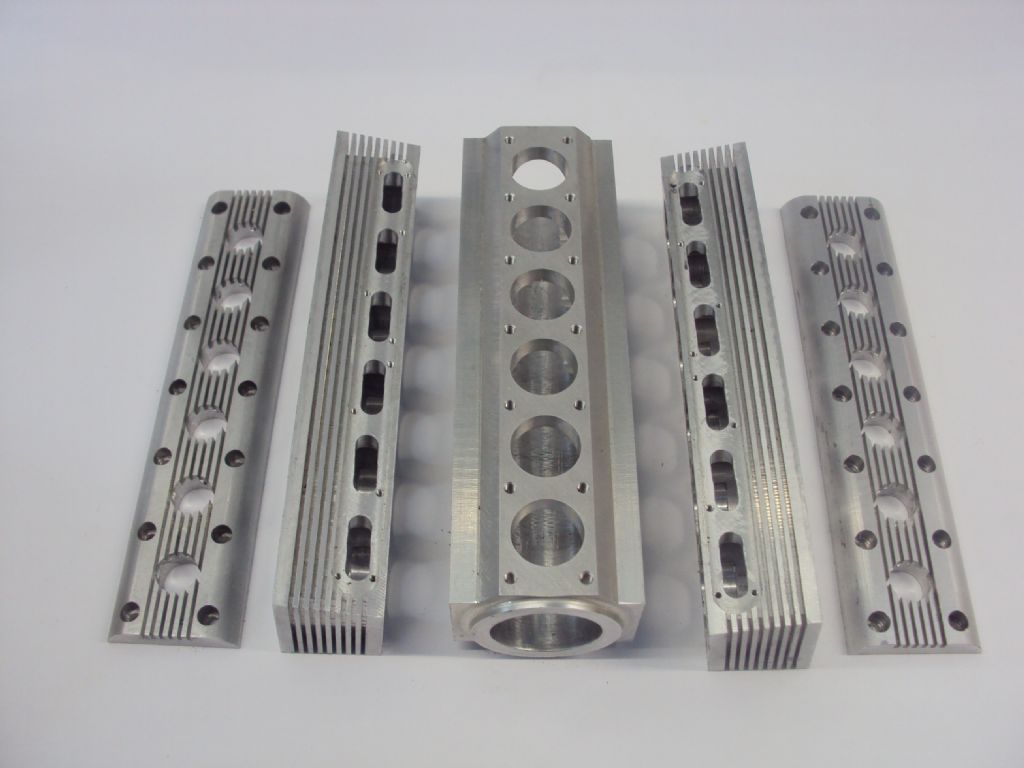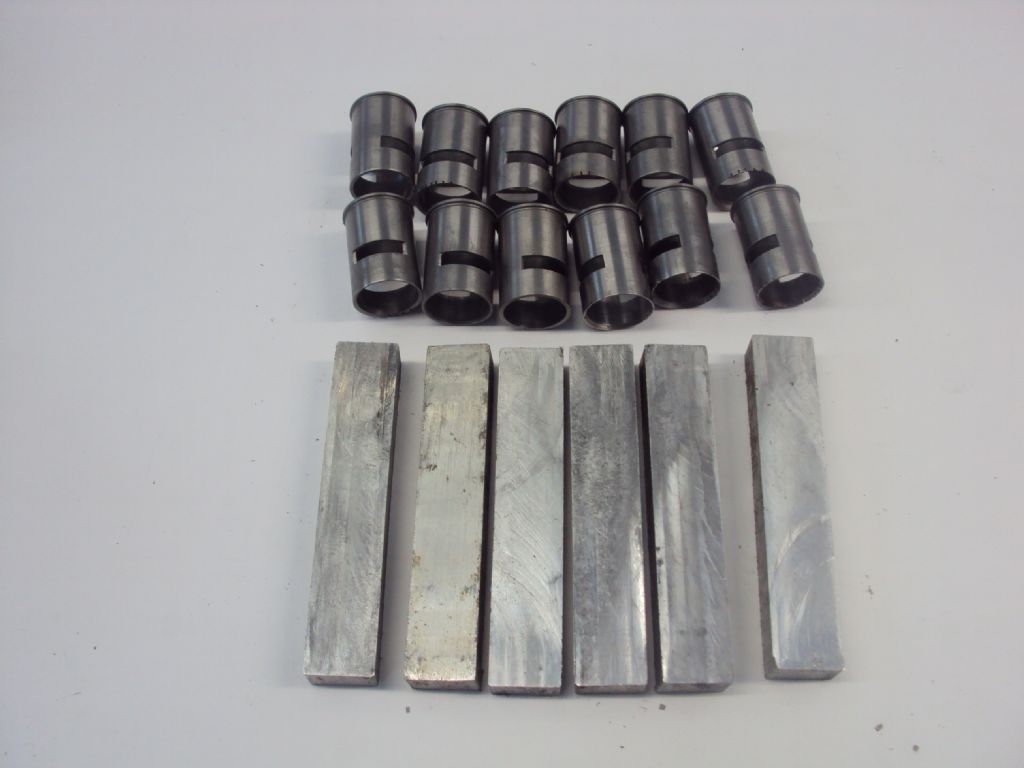Coming in late, have to say that I am staggered by the quantity and quality , not to mention rapidity, of the work!
Firstly, a distinction has to be drawn between two stroke engines which are Loop Scavenged, Opposed Piston, or Uniflow. All use different methods of controlling Induction and Exhaust events.
Having spent a lifetime in diesel engine production and development, I disagree with those who say that a two stroke cannot be pressure charged. And there are numerous practical examples to back that view.
General Motors Electro Motive Division have made MANY turbocharged two stroke engines to power locomotives. The EMD engines were, and are, Uniflow engines, with Inlet ports low down in the cylinder, and Exhaust valves located in the cylinder head.
The diesel engine is an ideal candidate for pressure scavenging, in that, unlike a carburetted petrol engine, no fuel is introduced, and therefore lost, during the scavenging part of the cycle.
As already mentioned, currently, the largest and most powerful two stroke diesel engines are the those made for the "Emma Maersk" and her sister container ship. These enormous engines are turbocharged and charge cooled and deliver 108,000 h.p. at about 102 rpm.
The GM V71 and V92 engines were blower scavenged, uniflow, naturally aspirated engines.
Each cylinder had an injection pump and injector, operated by a third rocker lever, between those operating the valves. Fuel delivery was by a control rod acting on each element, connected to the adjacent cylinder by a connecting linkage, which, in turn was connected to the governor.
If air is forced into the Induction side of any engine, after the exhaust ports are closed, even in a loop scavenged engine, cylinder pressure must rise above atmospheric.
Many two strokes were blower scavenged. The Commer TS3 was one. It was an opposed piston engine using one crankshaft located beneath the cylinders, and operating both pistons in each cylinder by means of large rocker levers. The Roots blower was purely for scavenging.
In this context, it is coincidental that Commer were part of the Rootes Group. The Roots type supercharger was invented long before that amalgamation took place. The "TS" indicates that the engines were made in the Tilling Stevens (again, part of the Rootes group organisation), factory in Maidenhead. If the exhaust ports became obstructed by carbon, the boost pressure gauge reading would increase.
The Foden 4 and 6 cylinder engines were Roots blower scavenged In Line engines, used in vehicle, industrial and marine applications. As an experimental unit, Fodens added an exhaust driven turbocharger, and obtained 200 hp from a 4 cylinder, 4 Litre diesel engine, at about 2500 rpm.
For its day, 50 bhp/Litre was quite impressive. Iin contrast, the contemporary Rolls Royce C Range 4 stroke, (2 Litres/cylinder) in Turbocharged and Charge Cooled form were delivering 25 bhp/Litre at 2100 rpm.
The two stroke has an advantage in that every cylinder has a power stroke every revolution, whereas a four stroke has one on alternate revolutions.
Despite this, the pressure charged two stroke is poor on torque back up, and tends to be better suited to more or less constant speed applications, such as marine or locomotive, rather than vehicle.
The Fairbanks Morse, Napier Deltic, Rolls Royce K Range, and Leyland L10 engines were all opposed piston two stroke diesels. The Deltic had three banks of six cylinders, operating three crankshafts, which were interconnected by a geartrain at the front of each bank.
Opposed piston engines use a difference in piston phasing to control port openings for induction and exhaust.
An early opposed piston two stroke petrol engine was the Trojan. Post WW2, Sachs made opposed piston two stroke engines for motorcycles. The engines were made compact by "folding" the cylinder, so that the Inlet port controlling piston ran in a bore which was nearly parallel to that of the Exhaust port controlling piston. The combustion space was at the intersection of the two bores.
The Rolls Royce K Range and Leyland L10 , as primarily military engines, were intended to run on whatever fuels were immediately available, by changing compression ratio and port timings. To do this, the phasing of the upper and lower crankshafts was altered by changing the relationship of the gears in the train connecting the two crankshafts.
So, armed with the confidence of your superb work so far, carry on, and be assured that you CAN pressure charge your engine! For aircraft use it will be great,since the torque requirement will decrease very rapidly as the speed falls. (German aircraft used supercharged two stroke diesel engines during WW2)
Howard
 Michael Gilligan.
Michael Gilligan.

